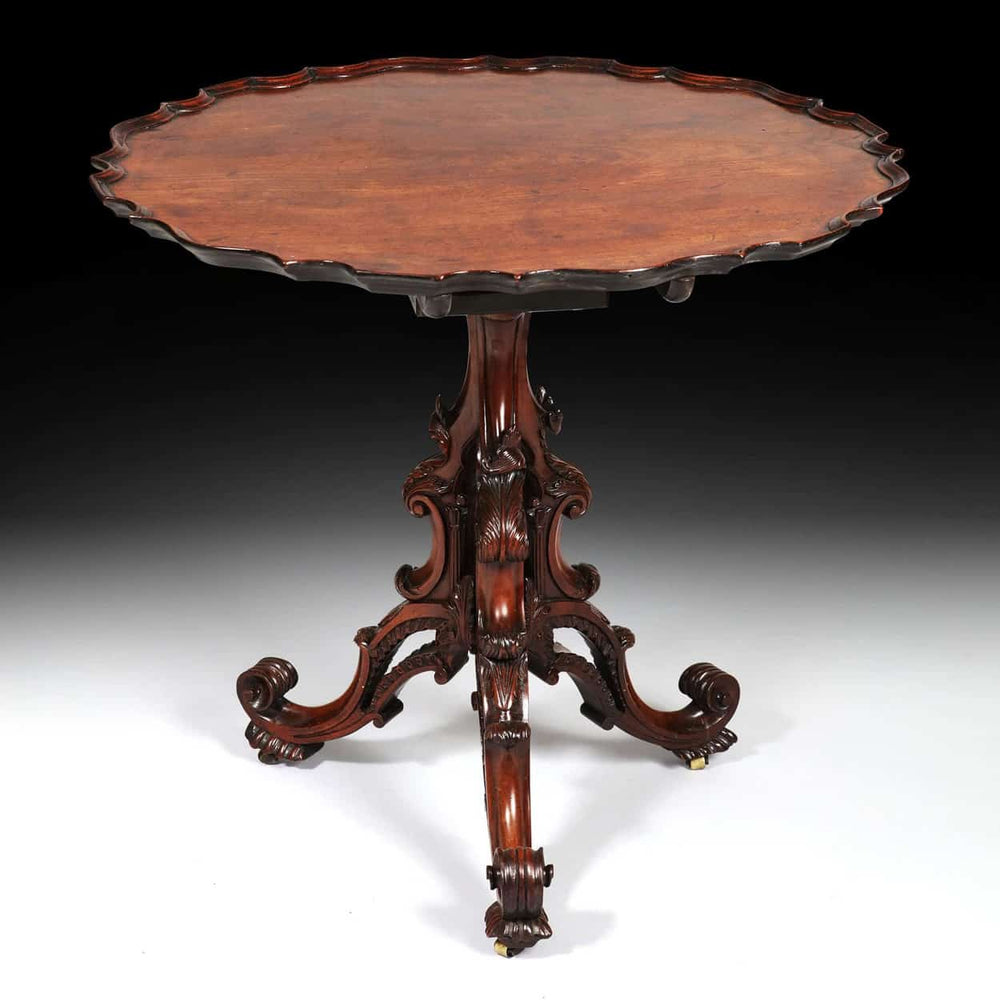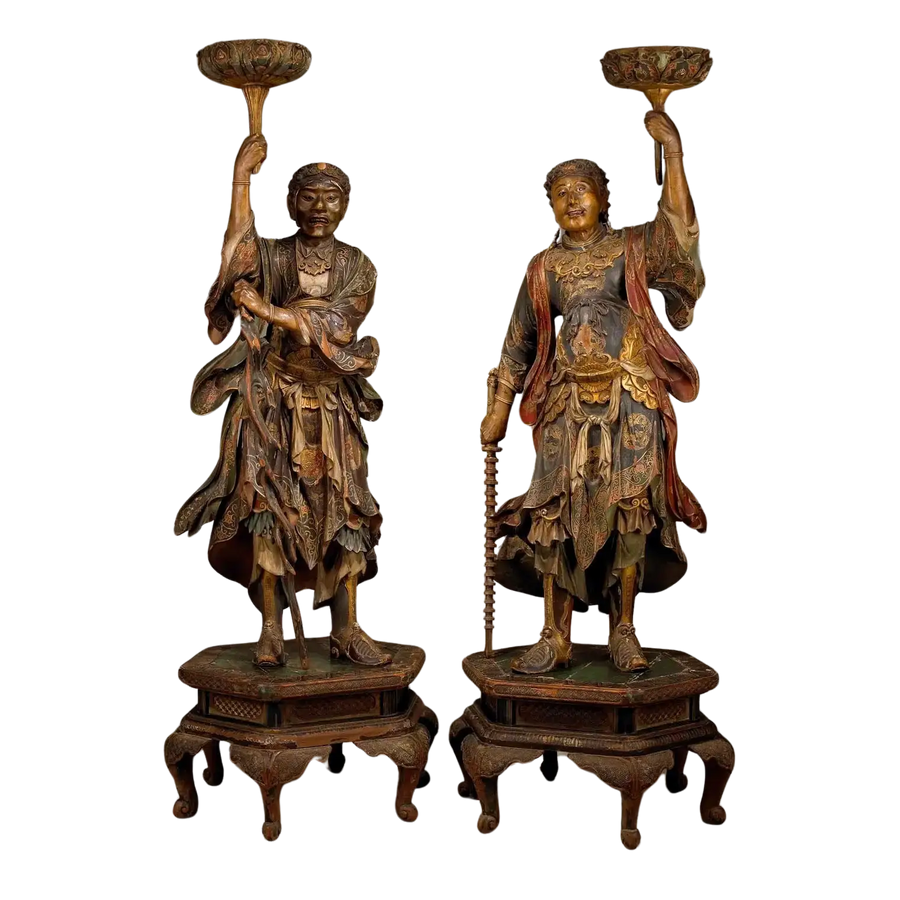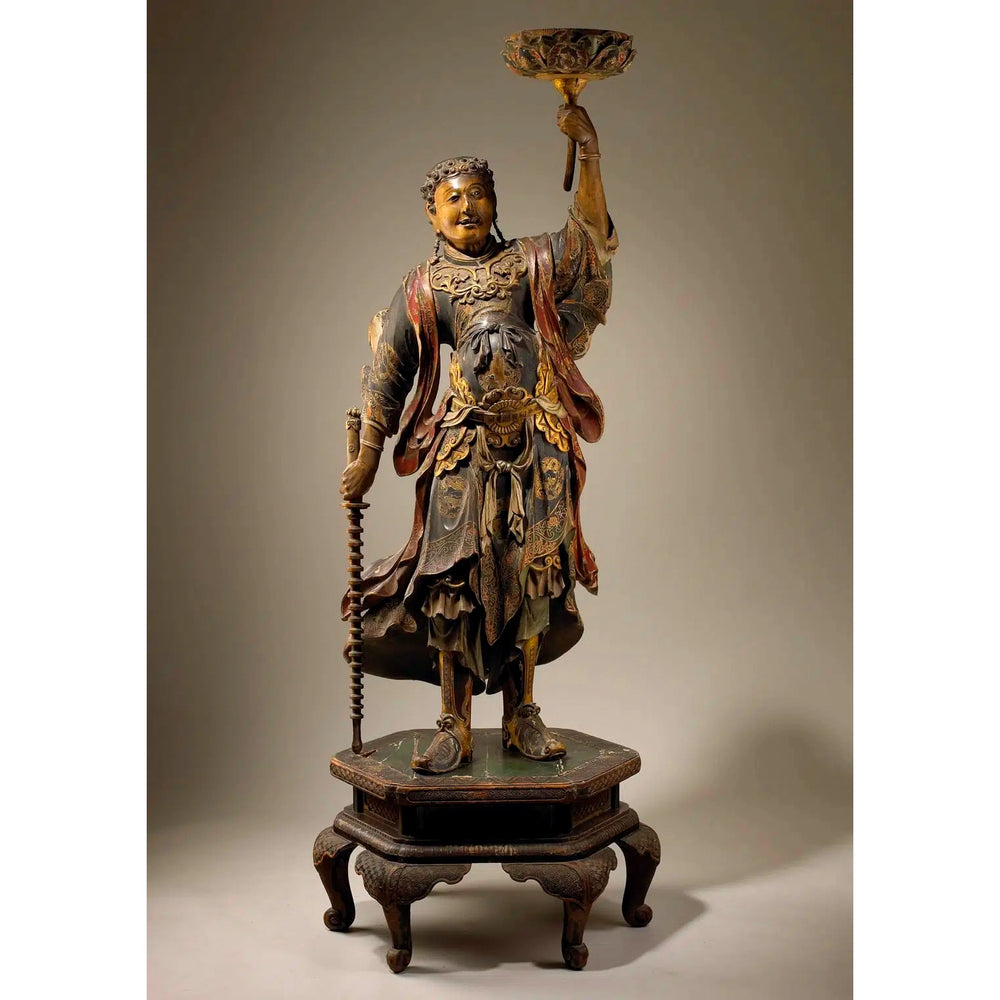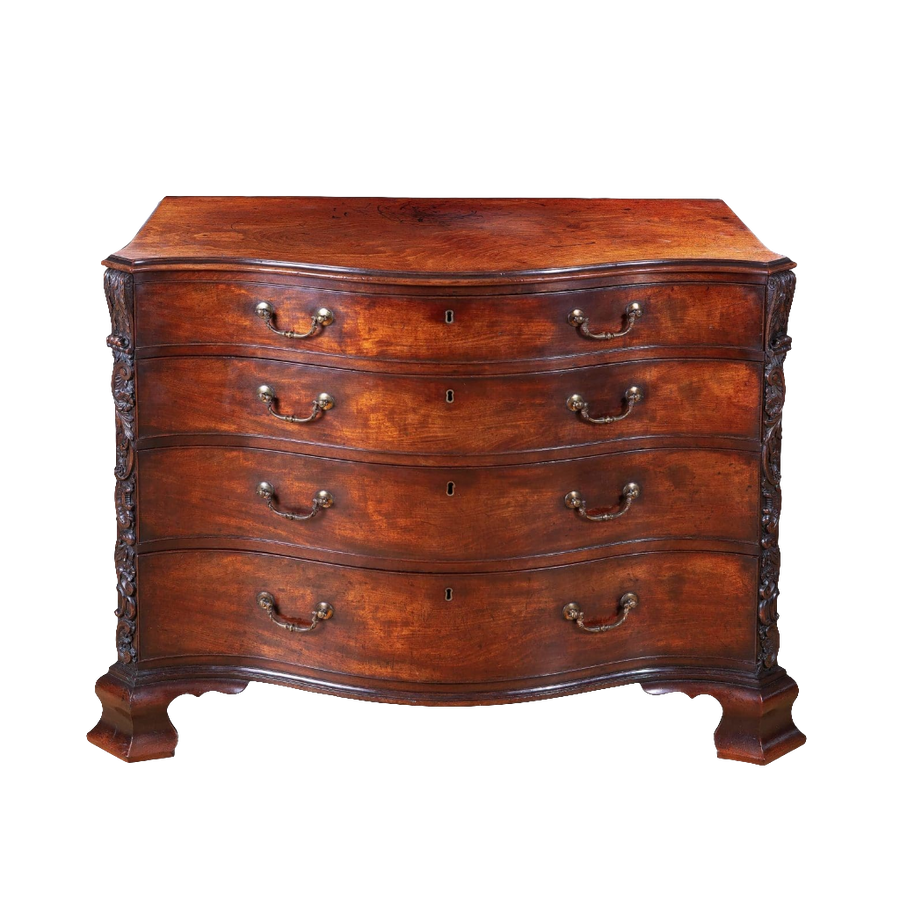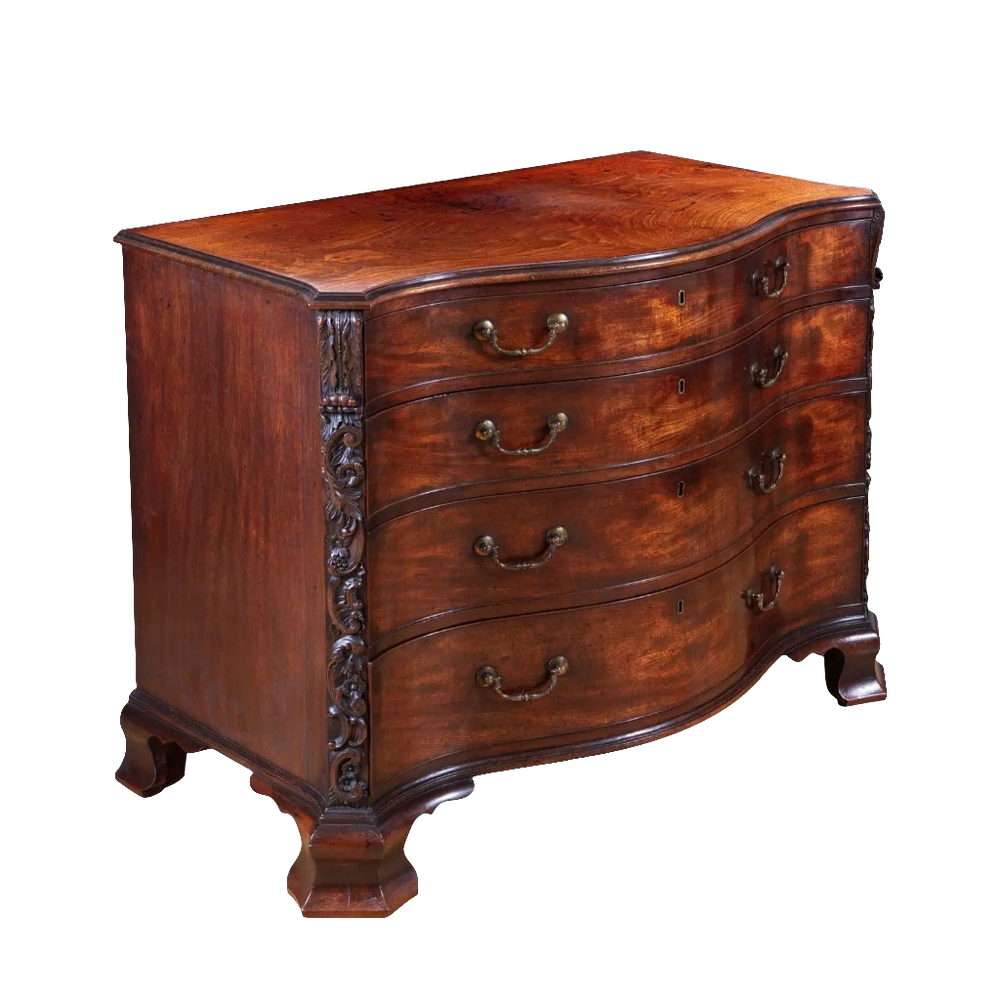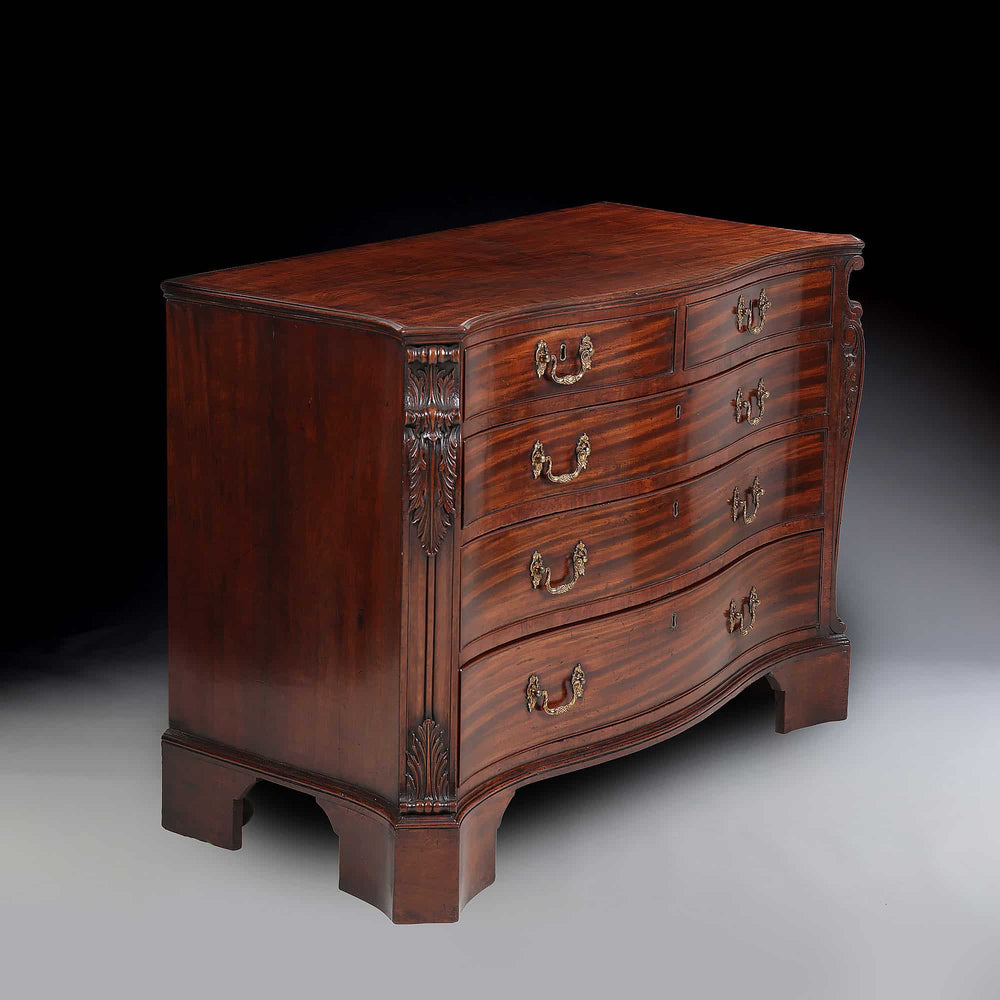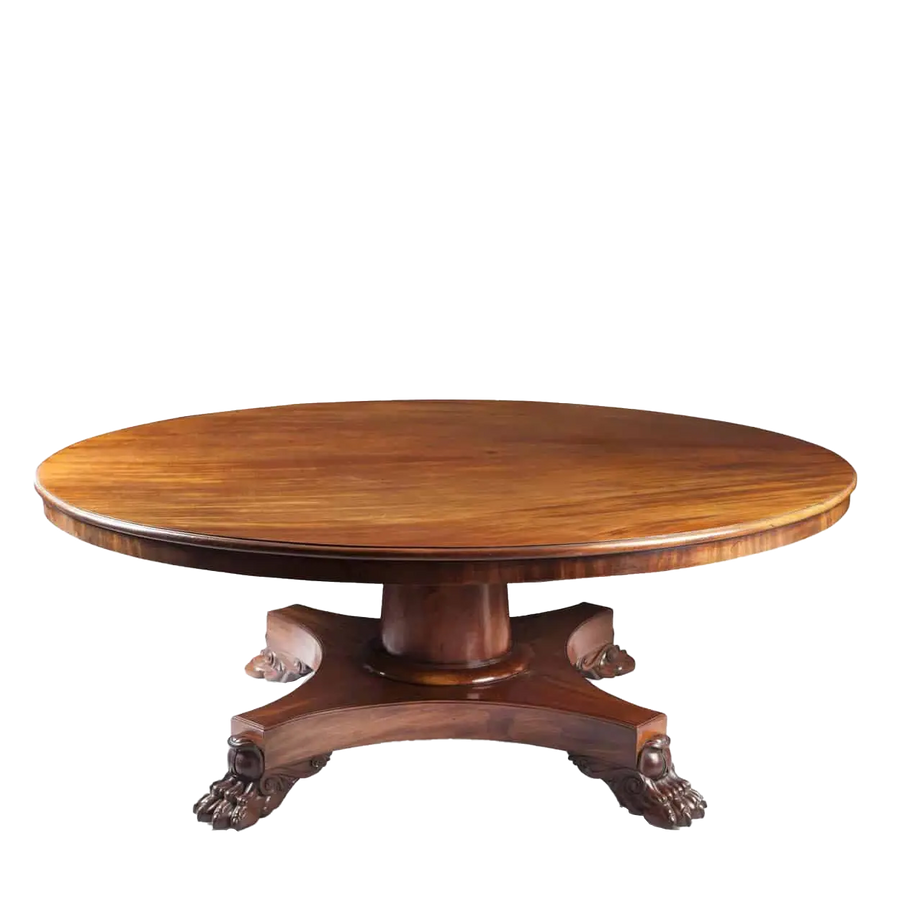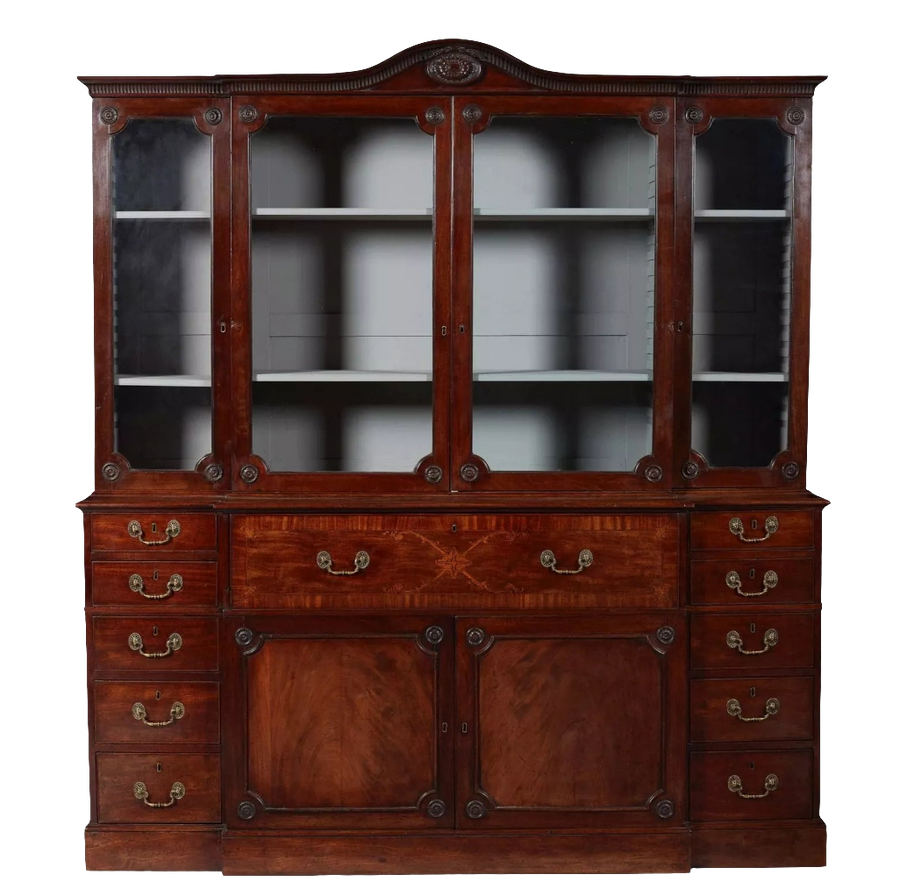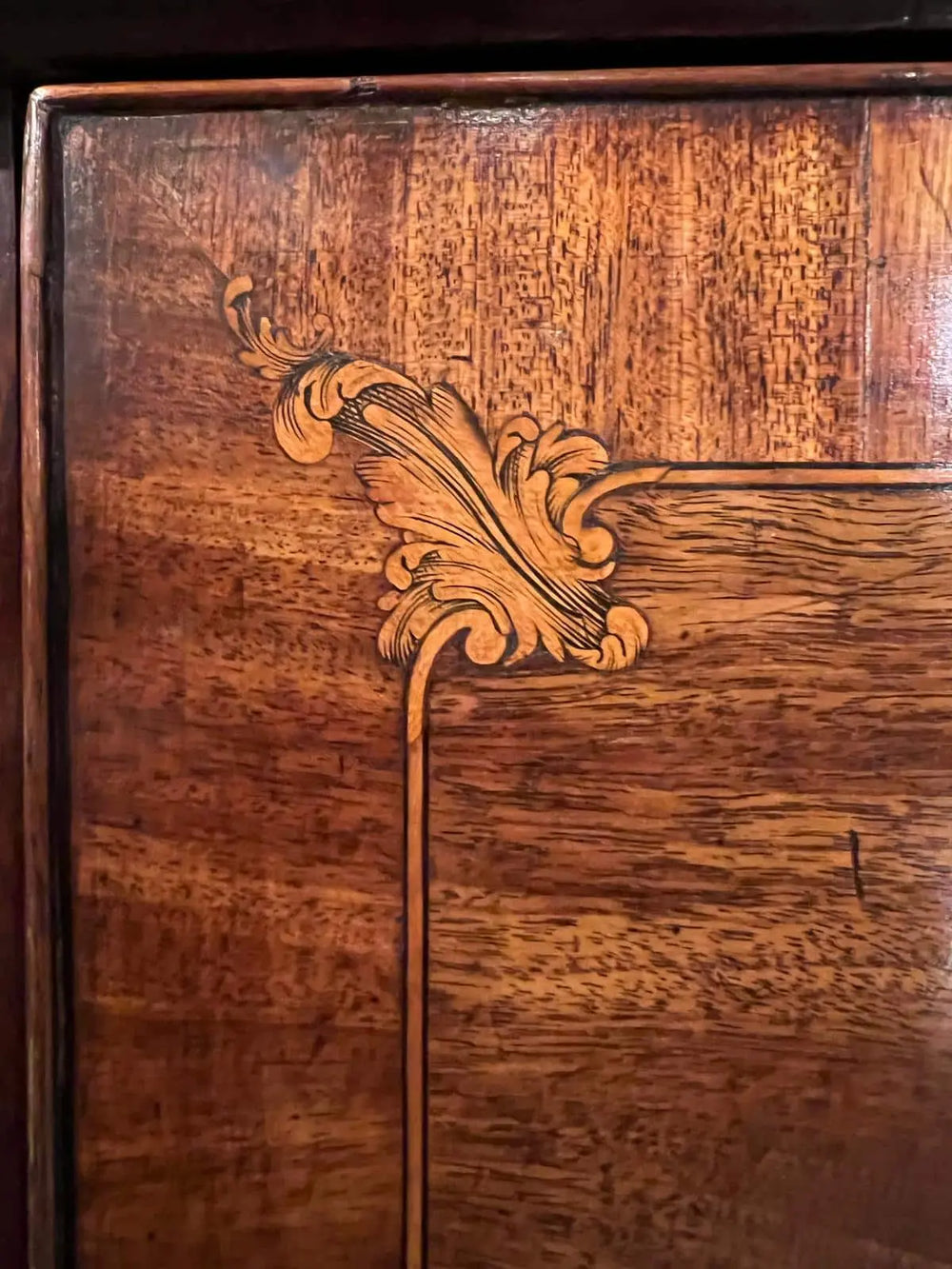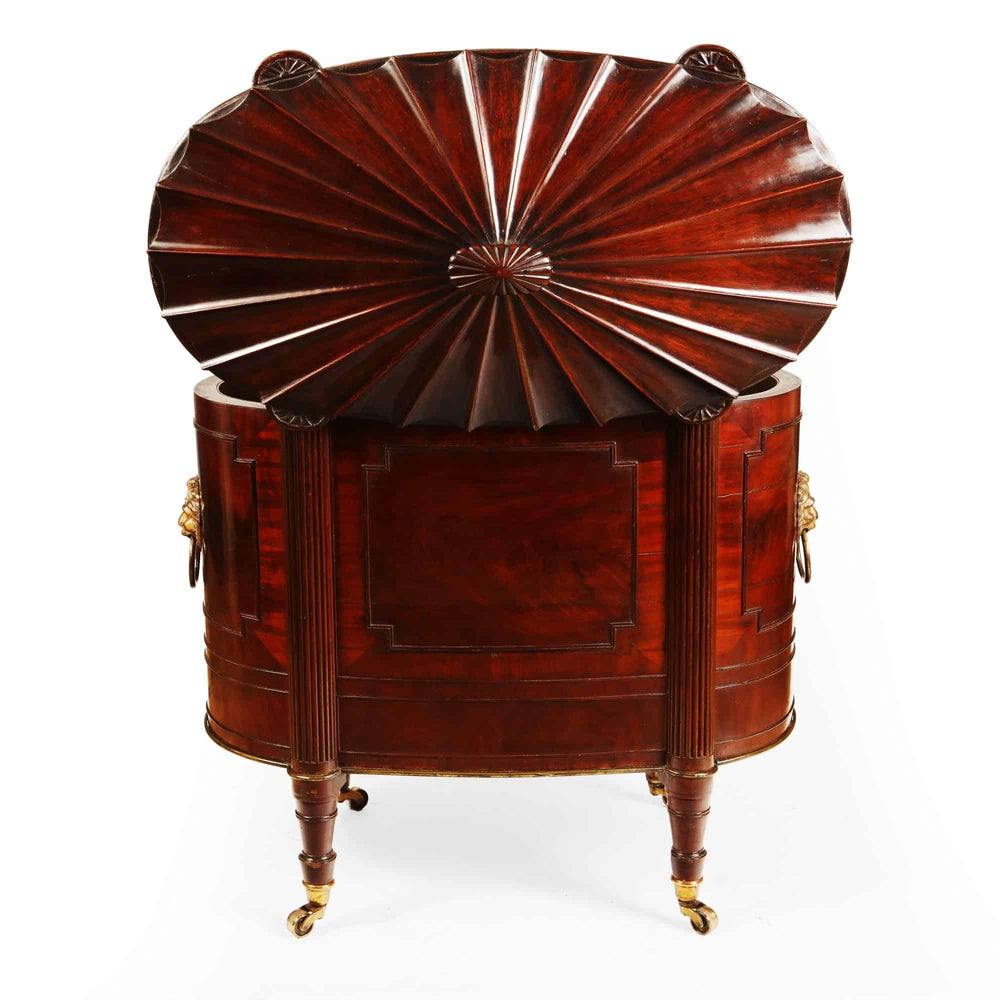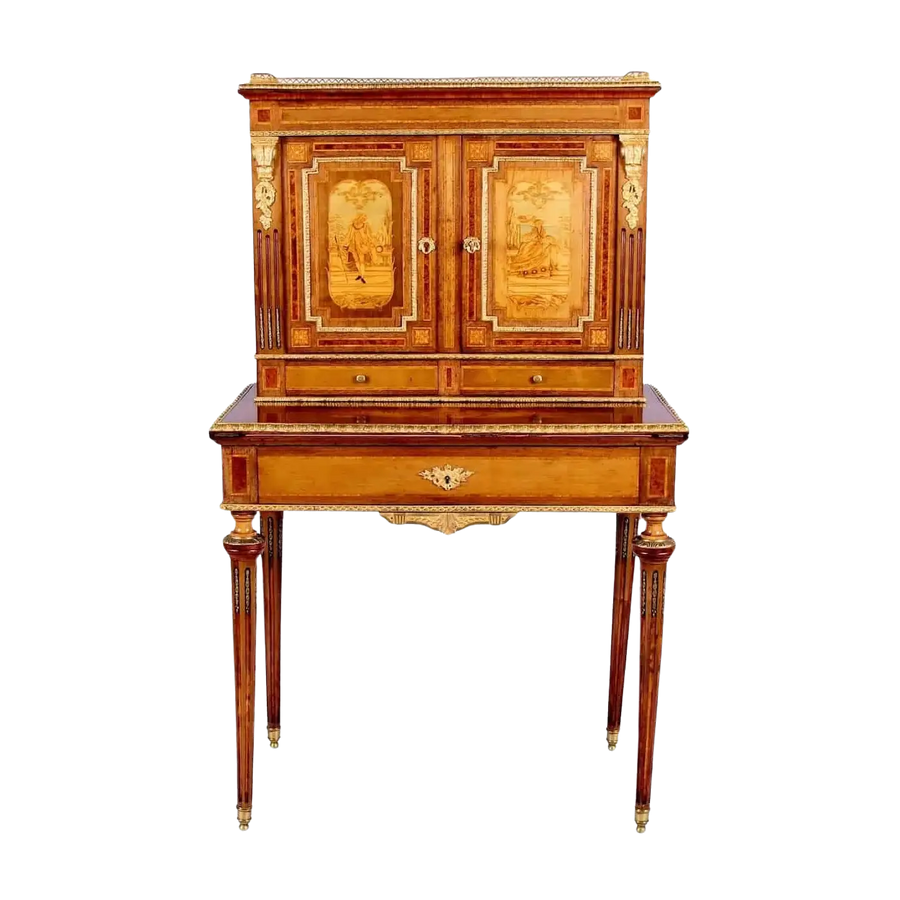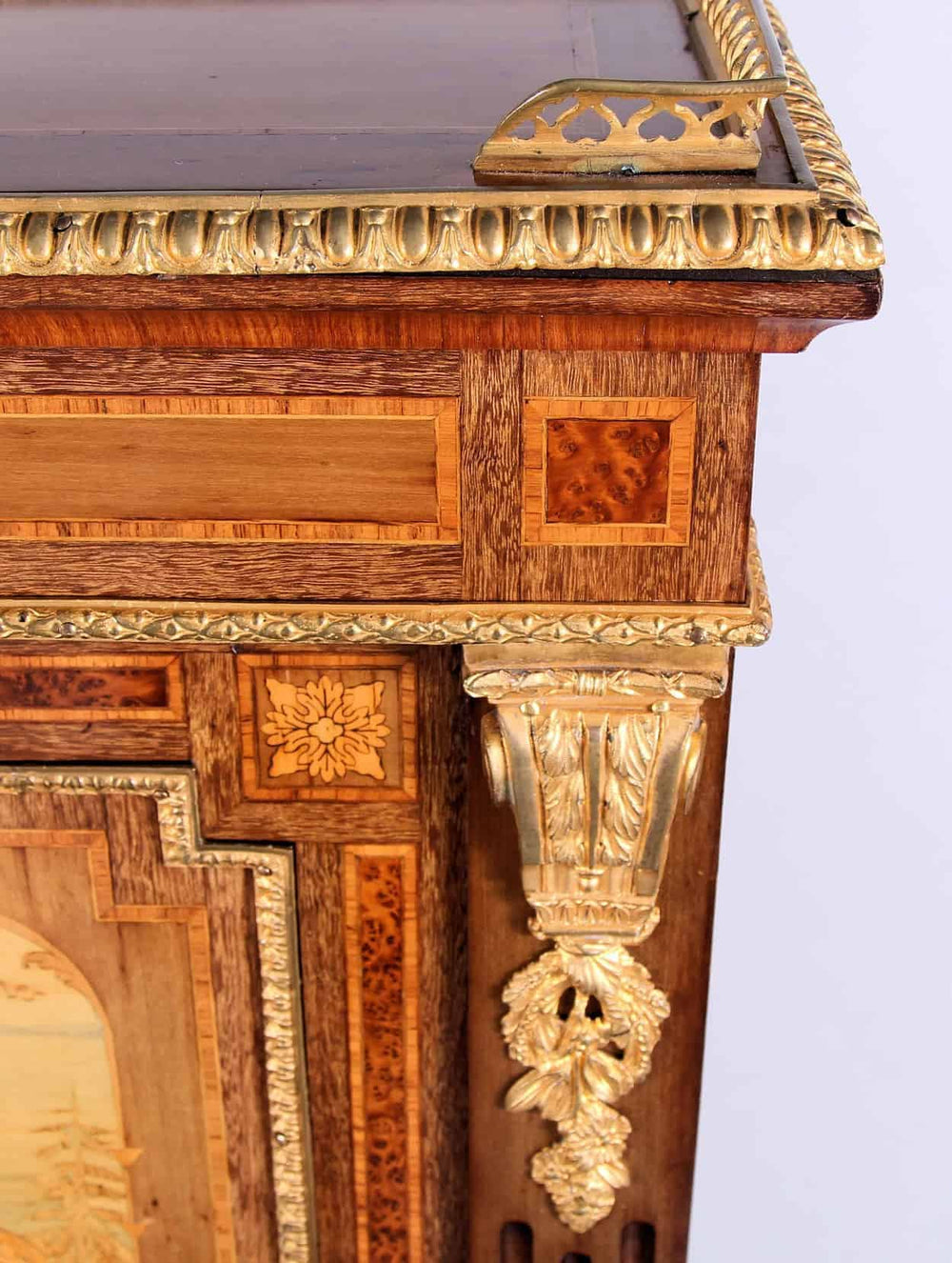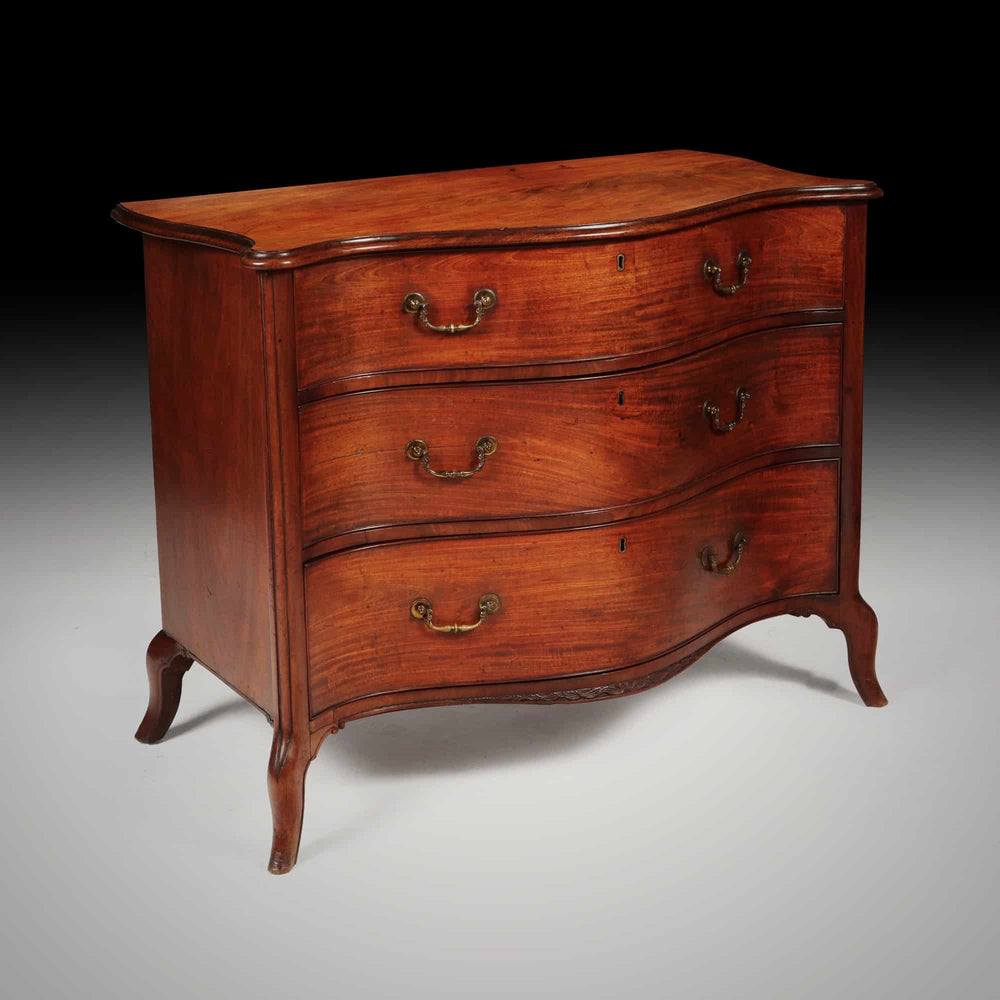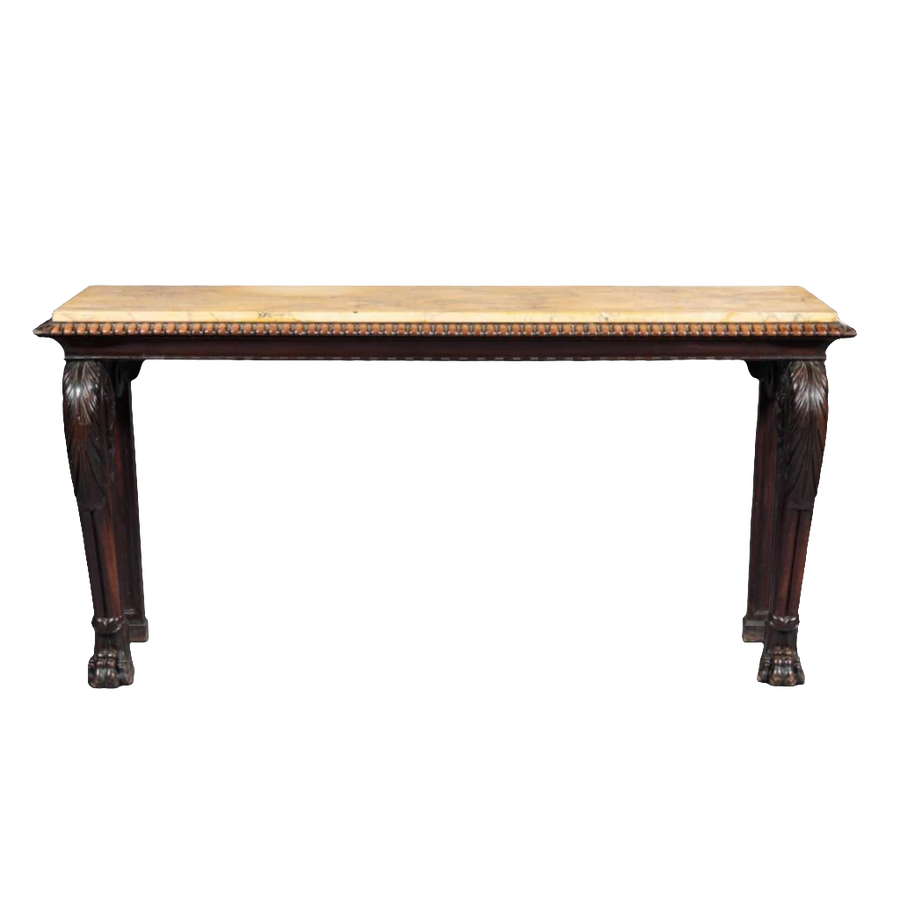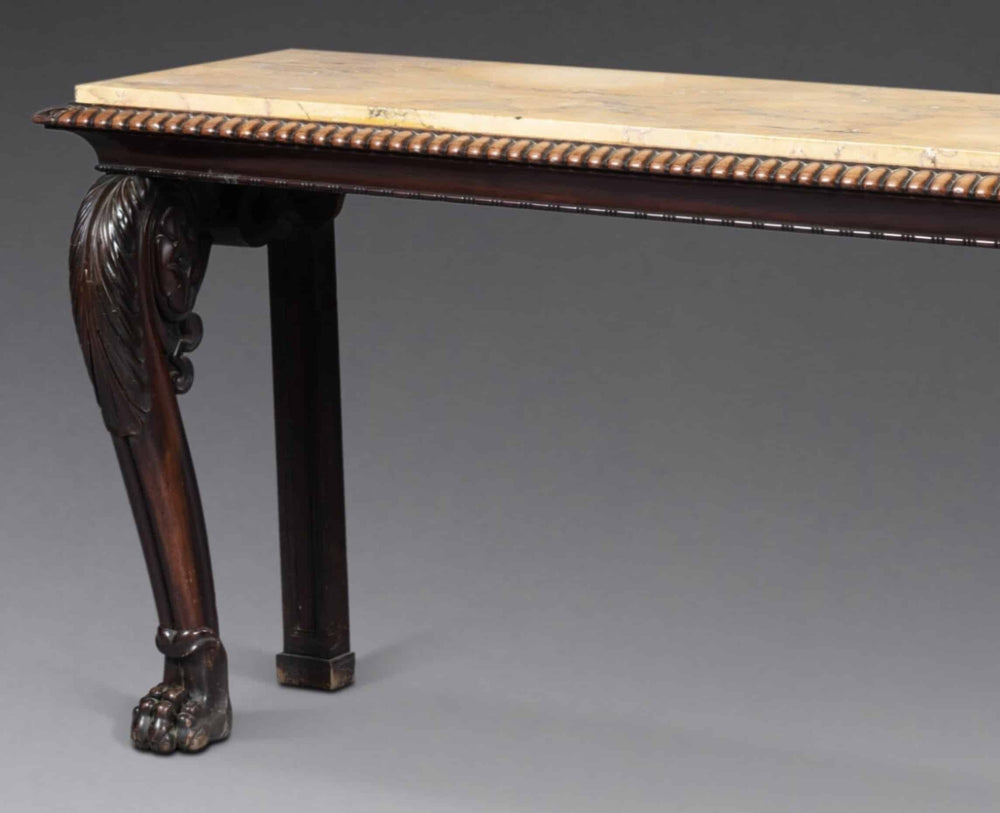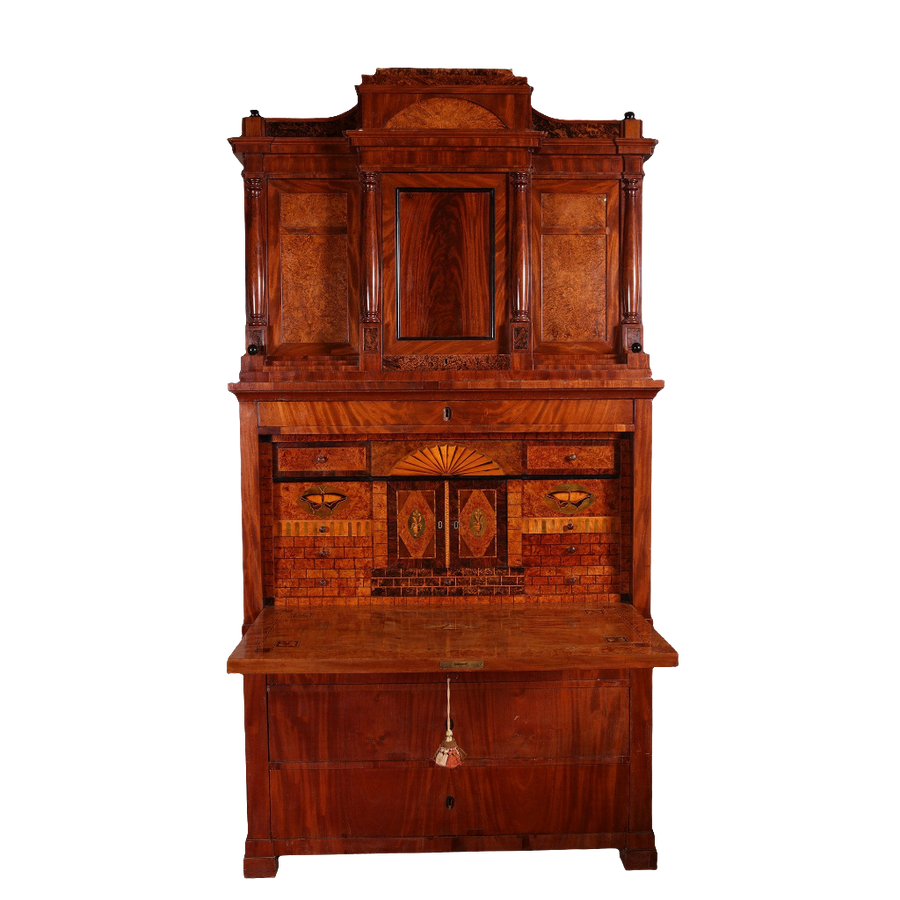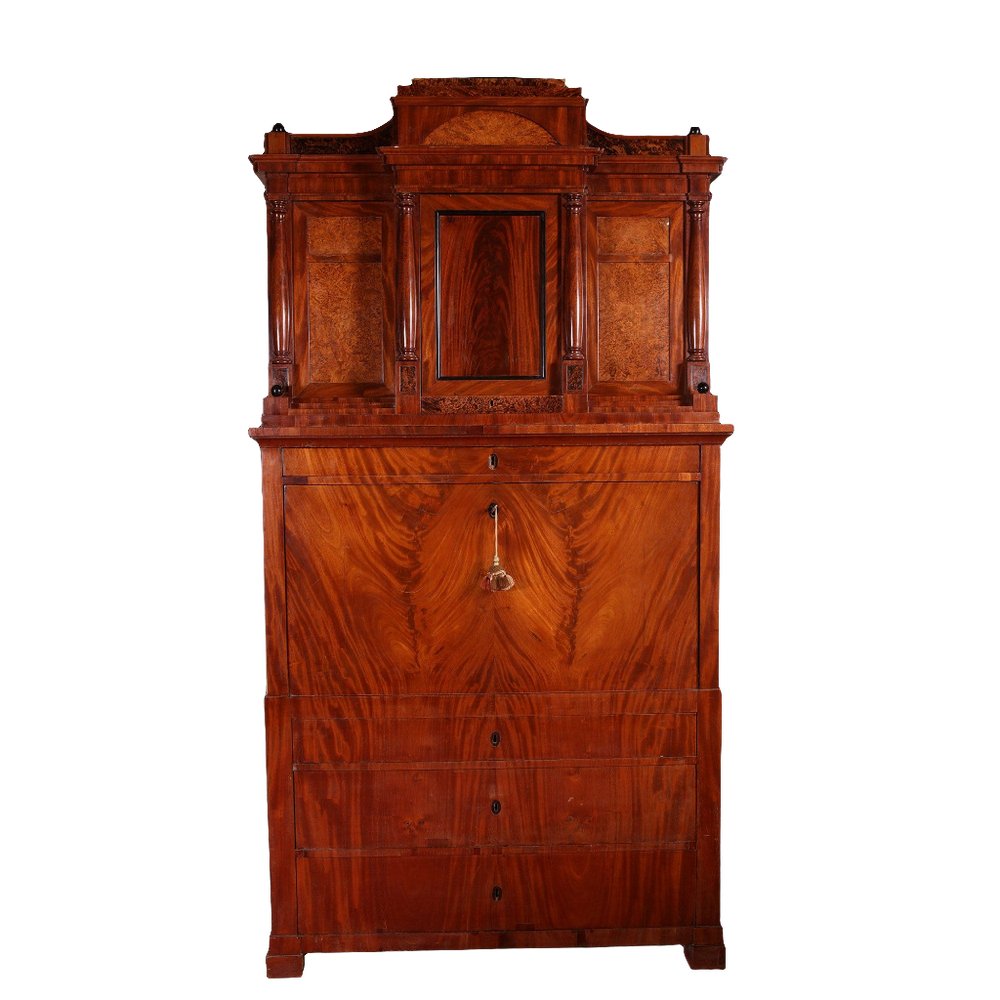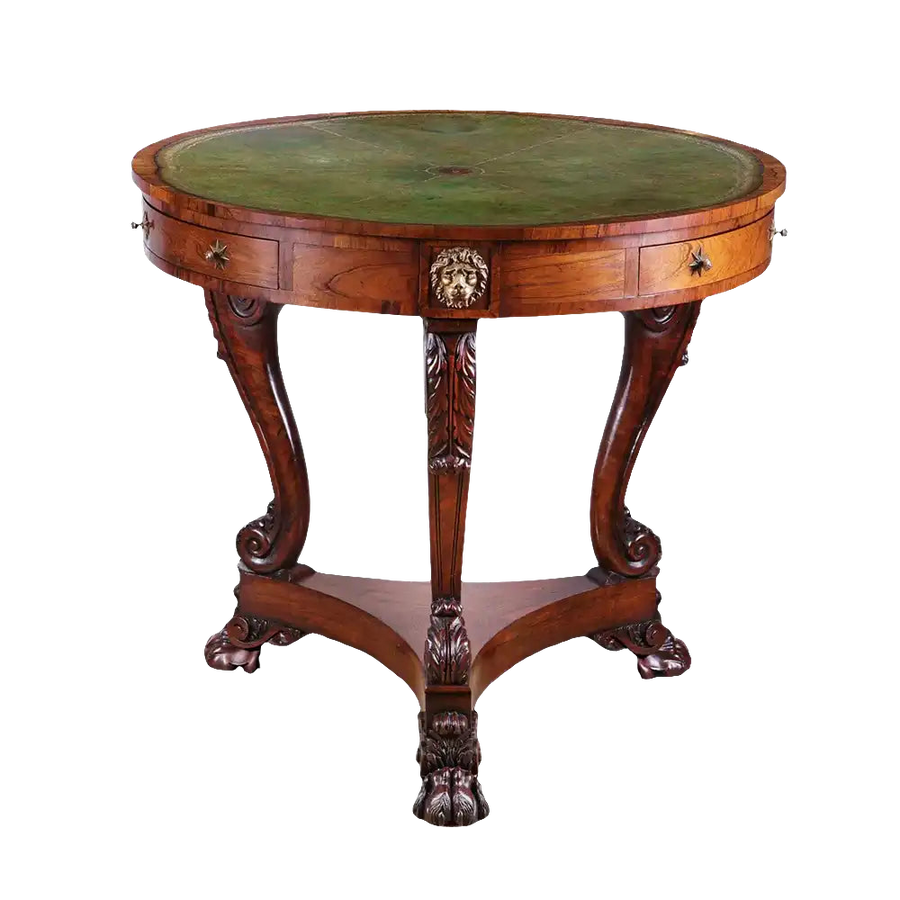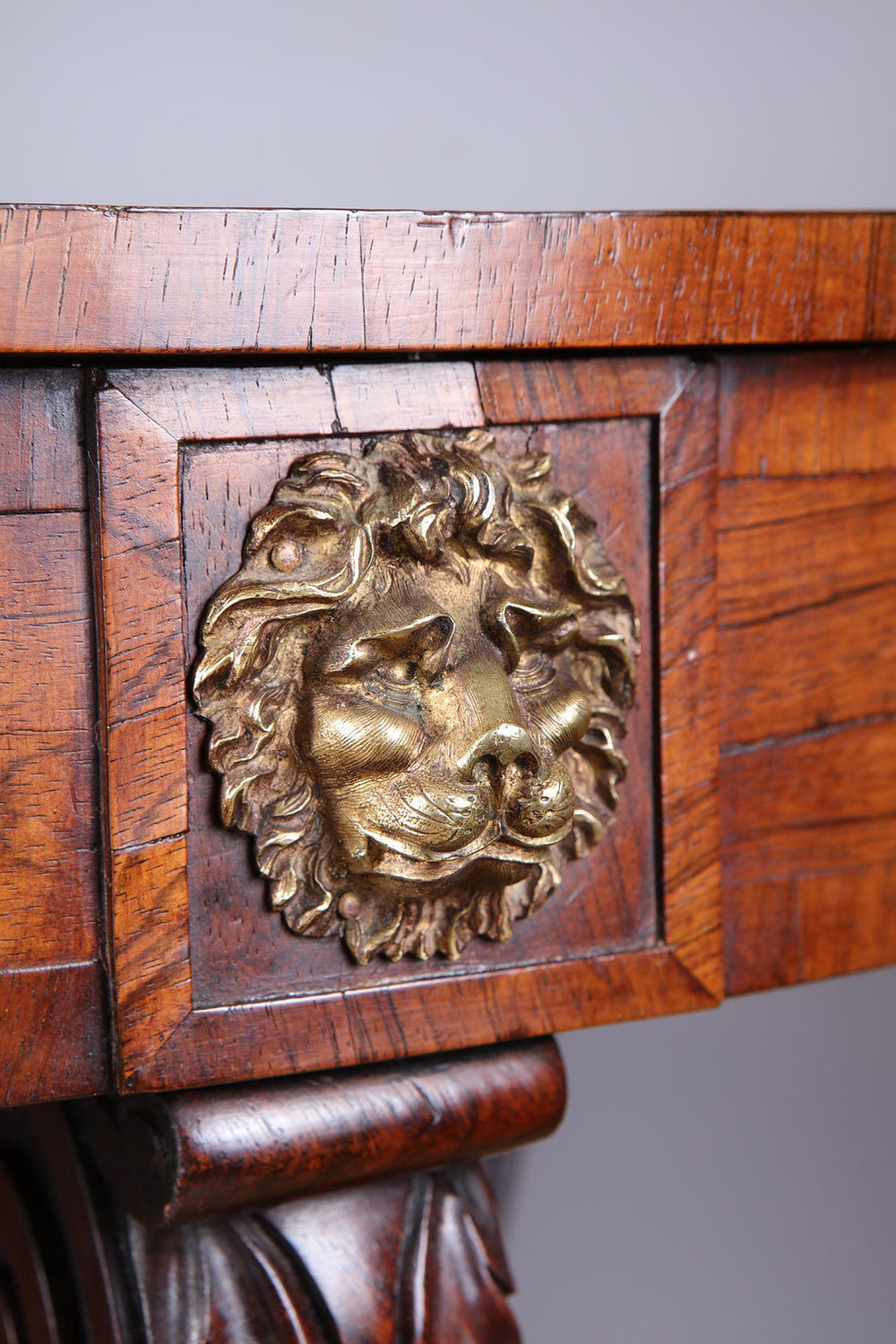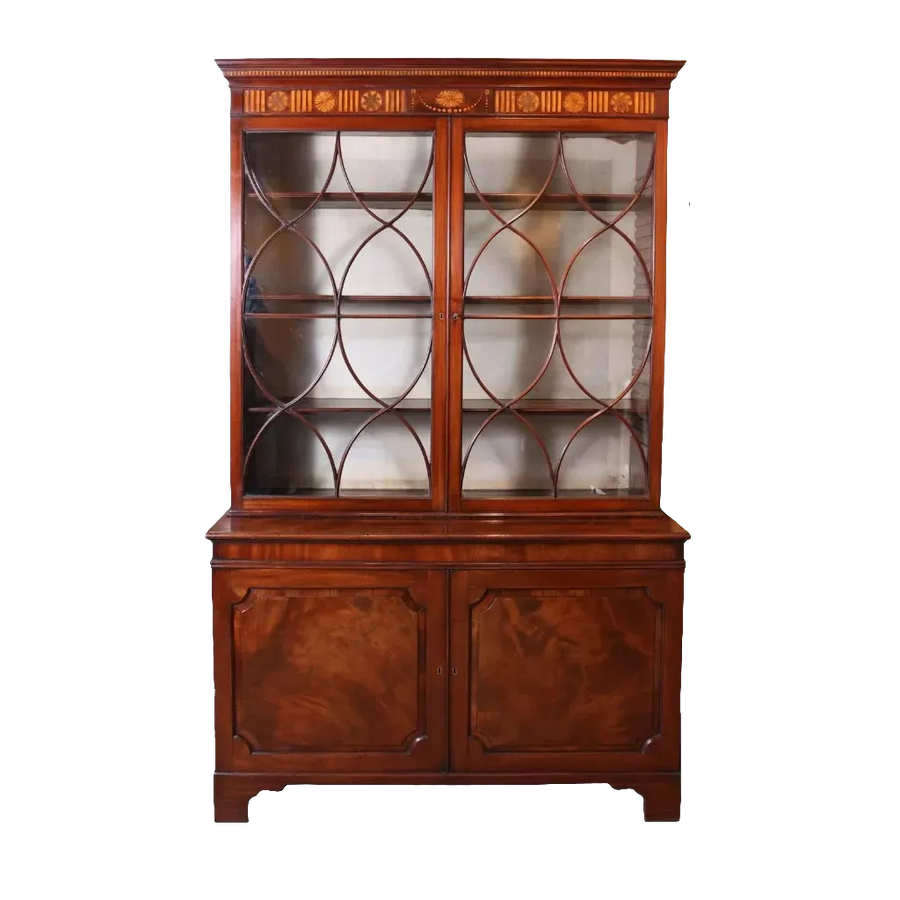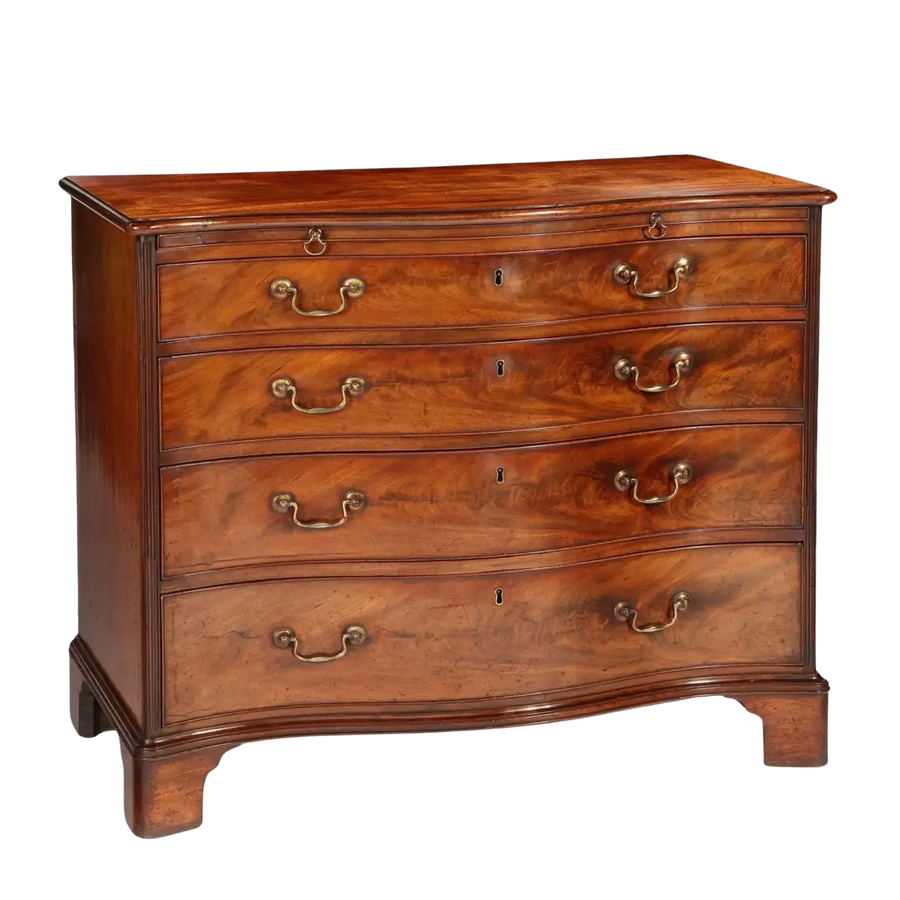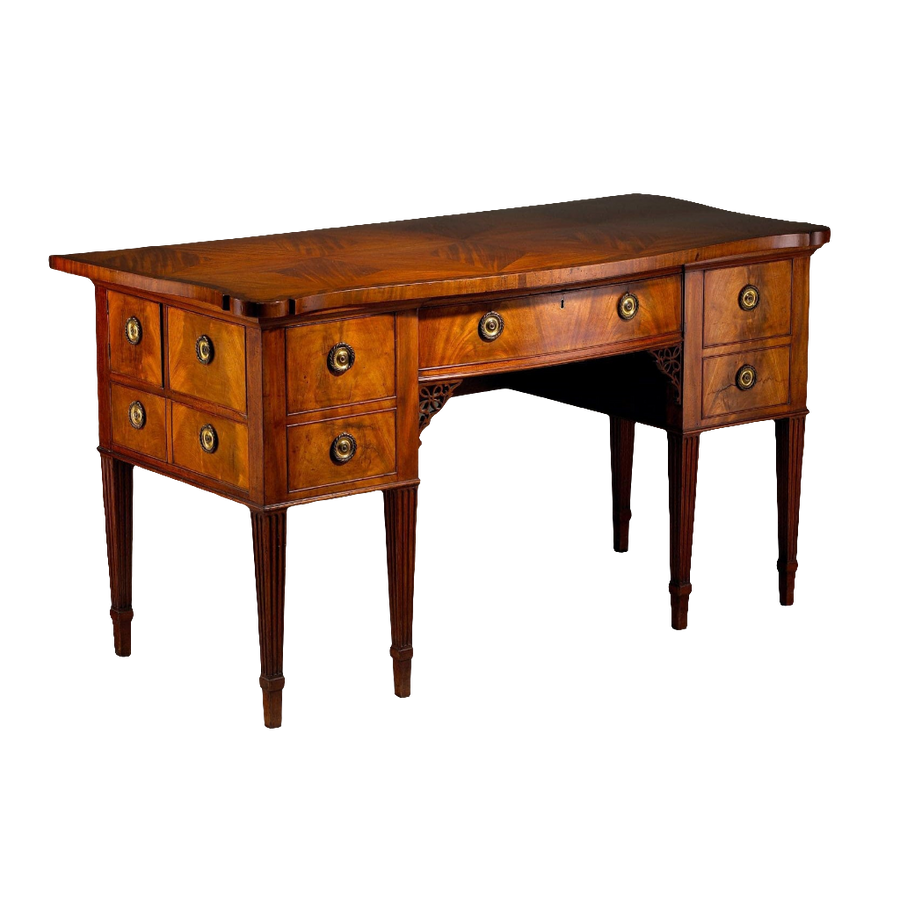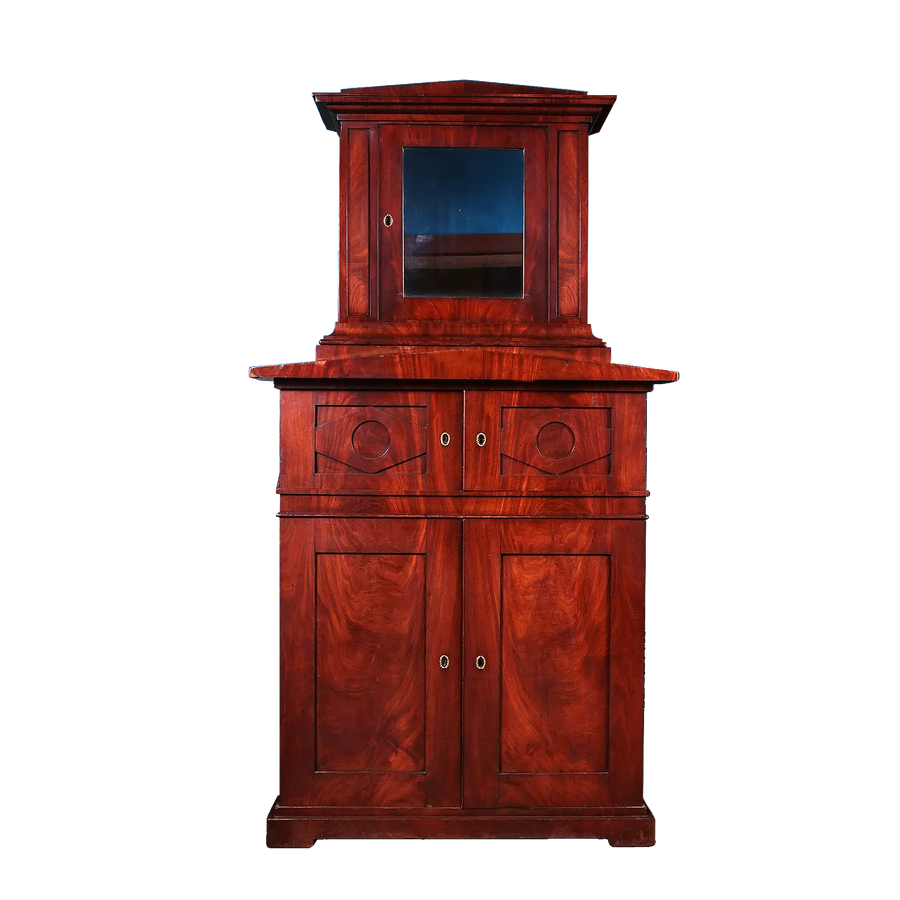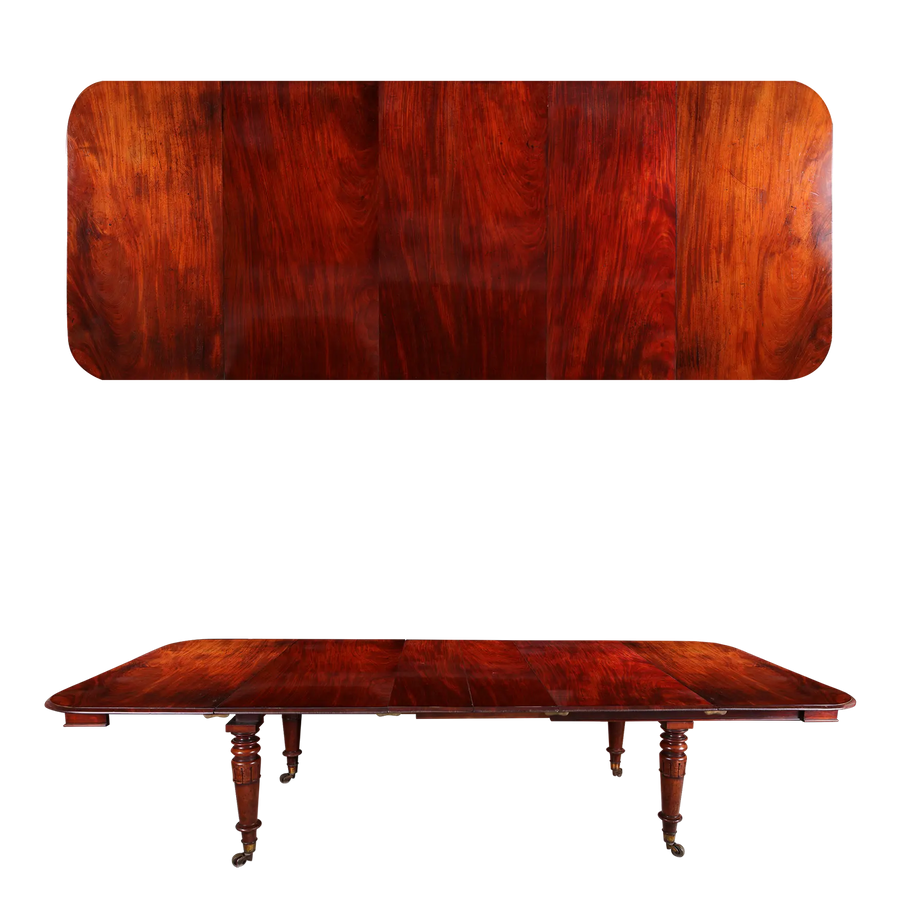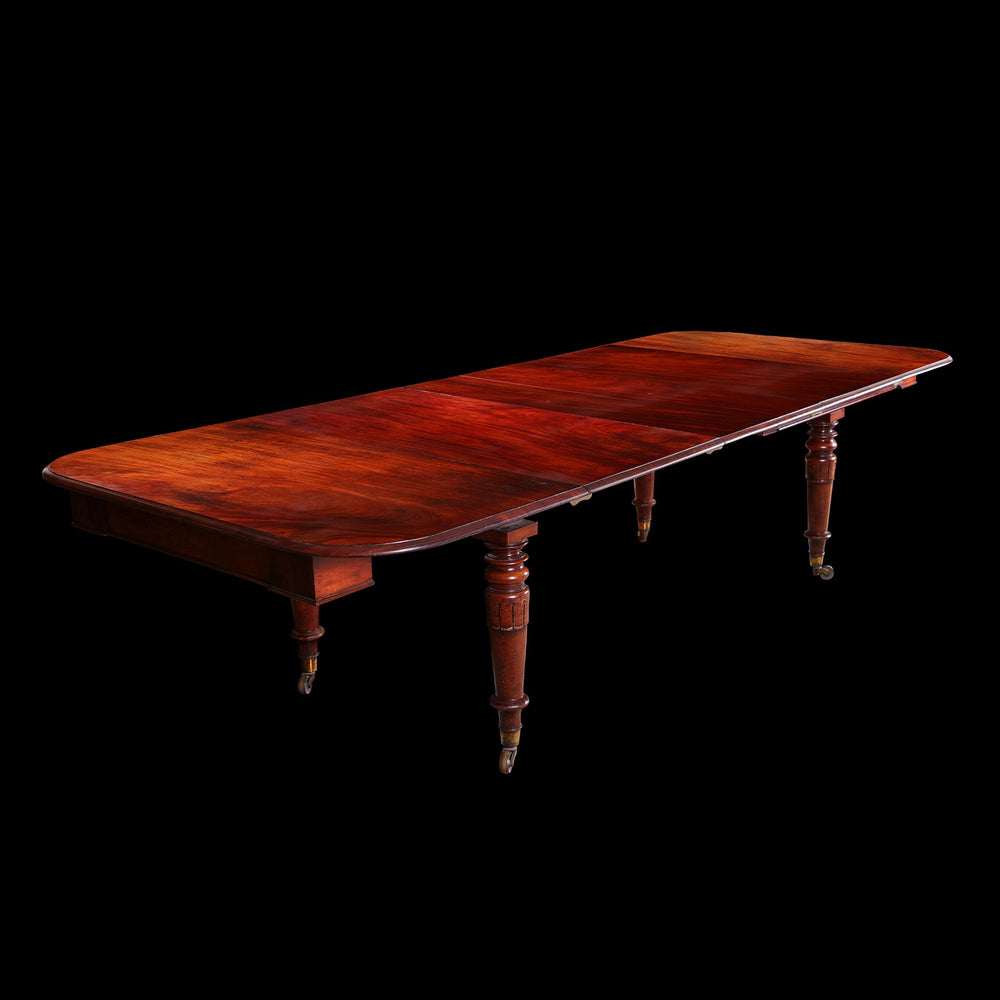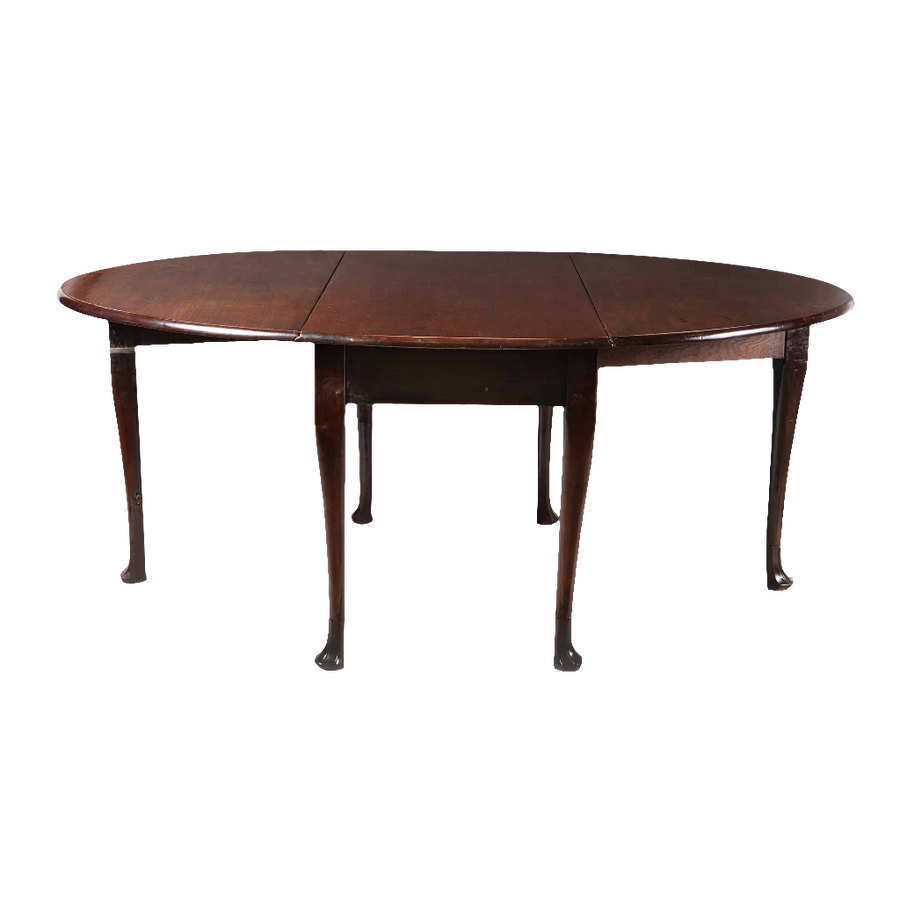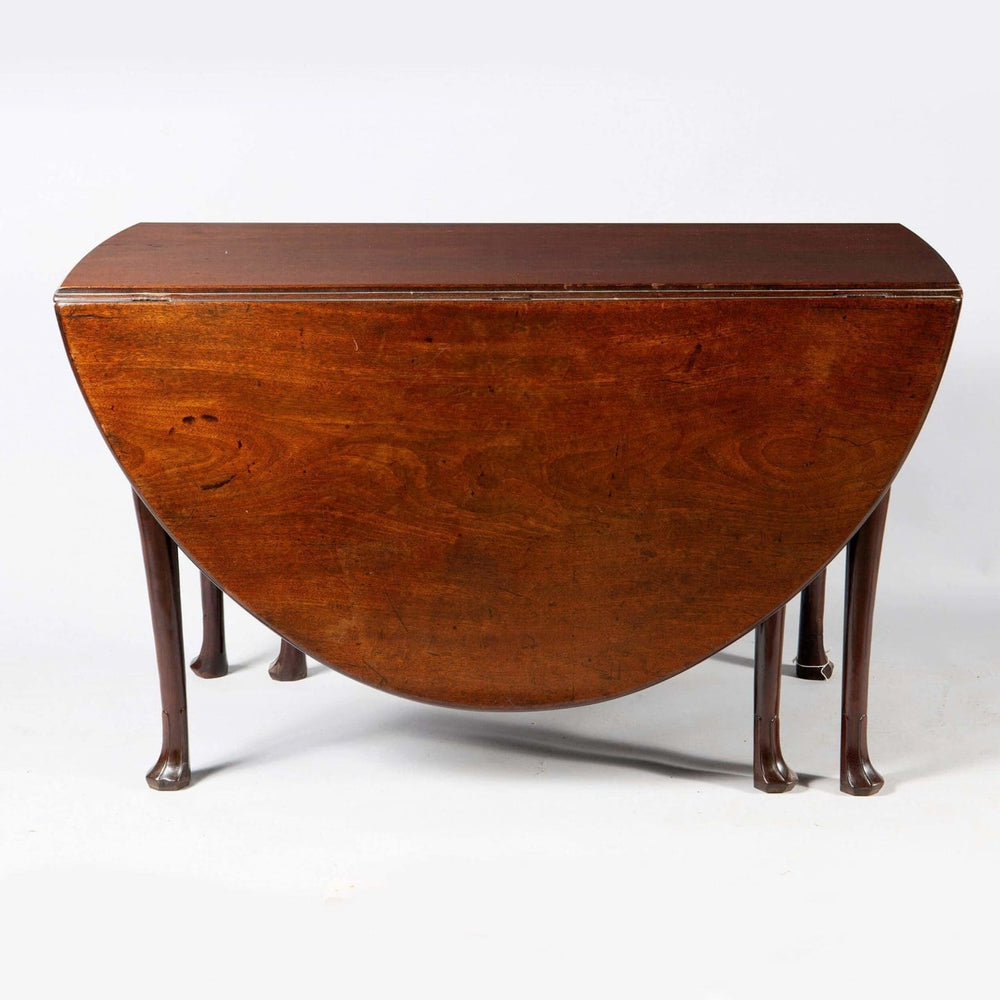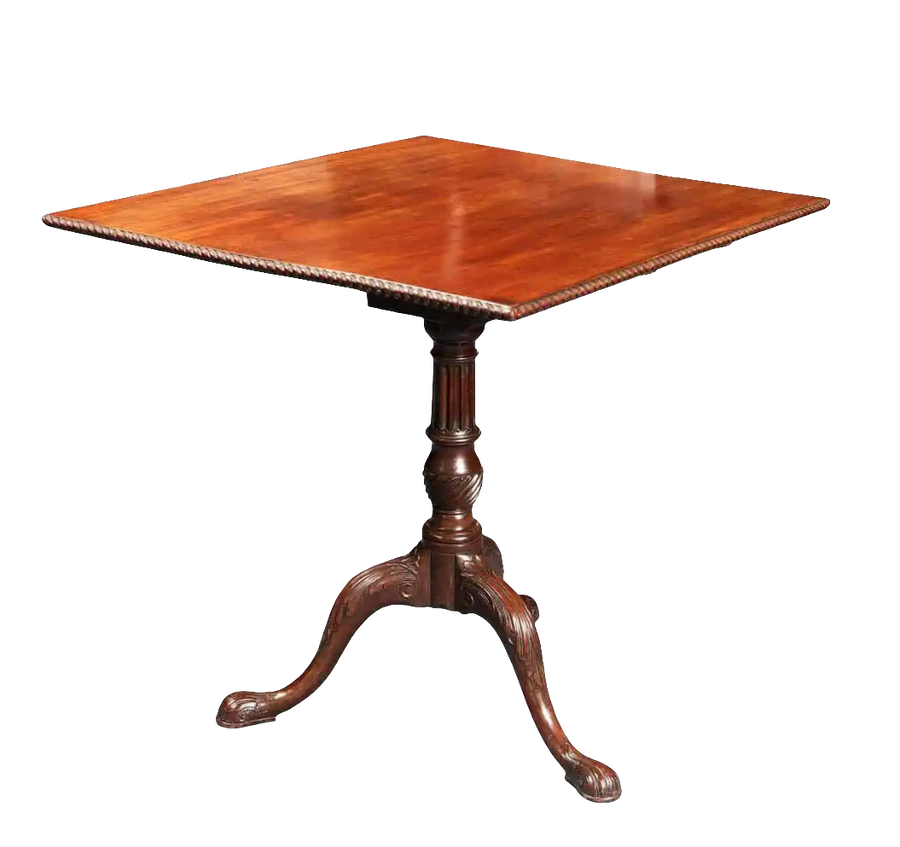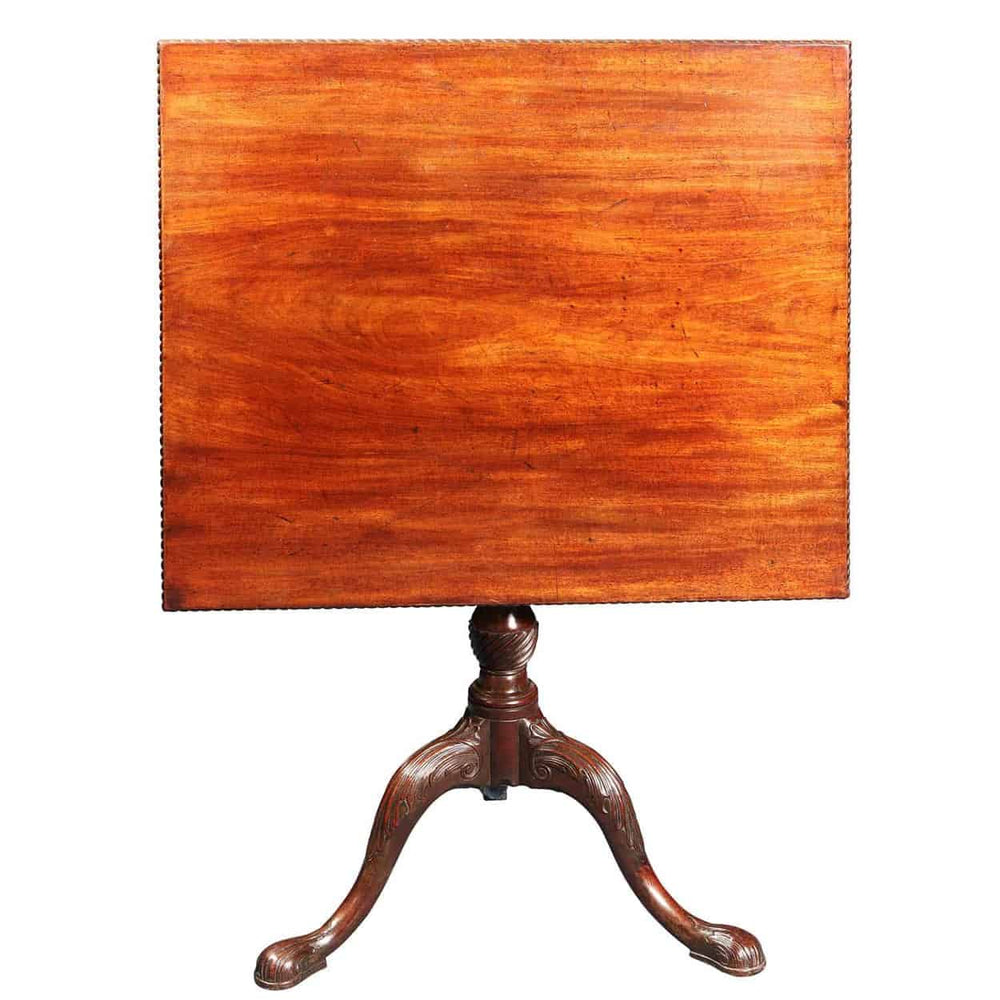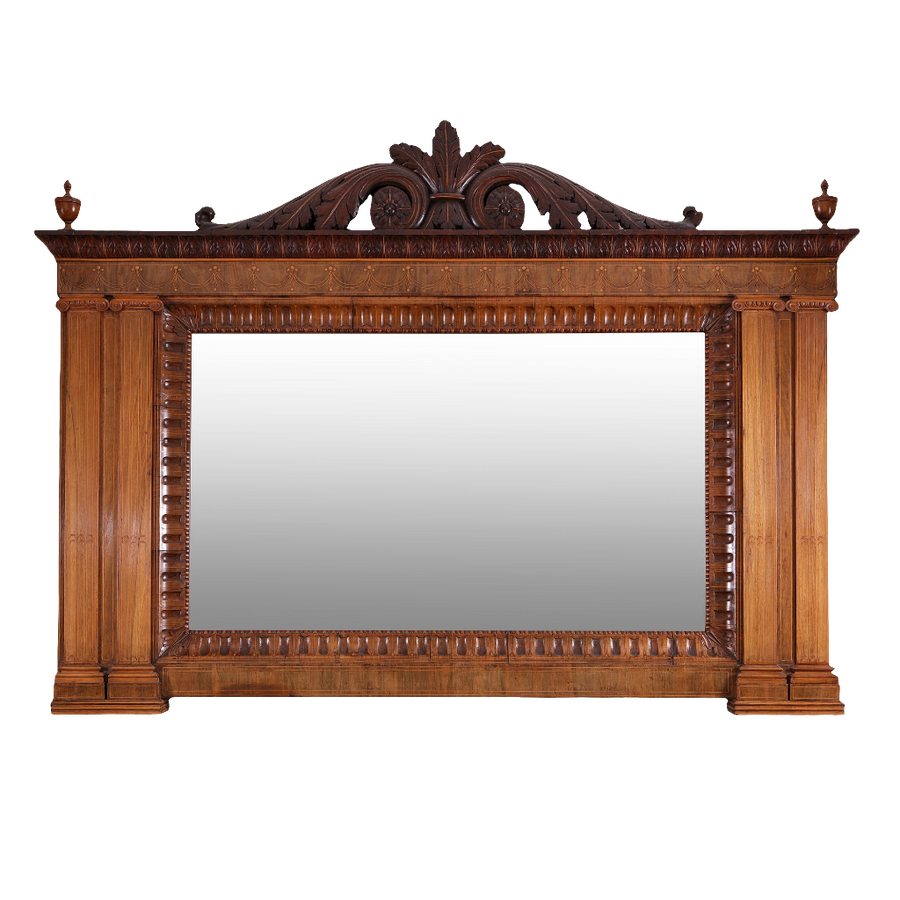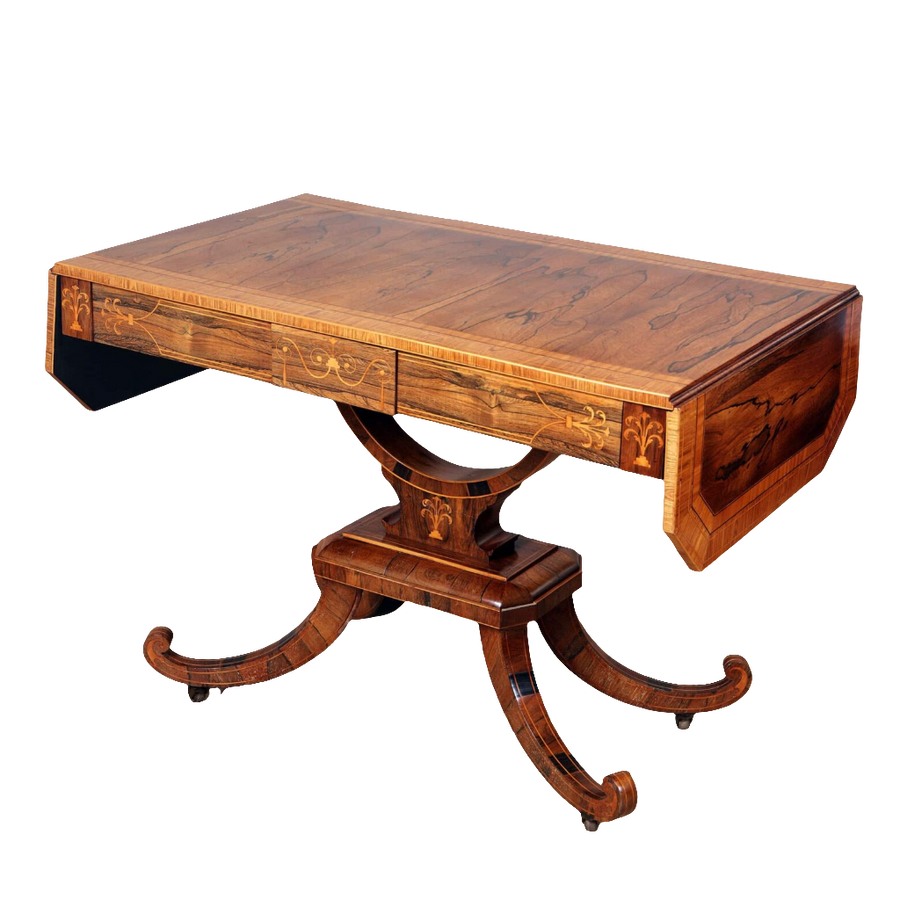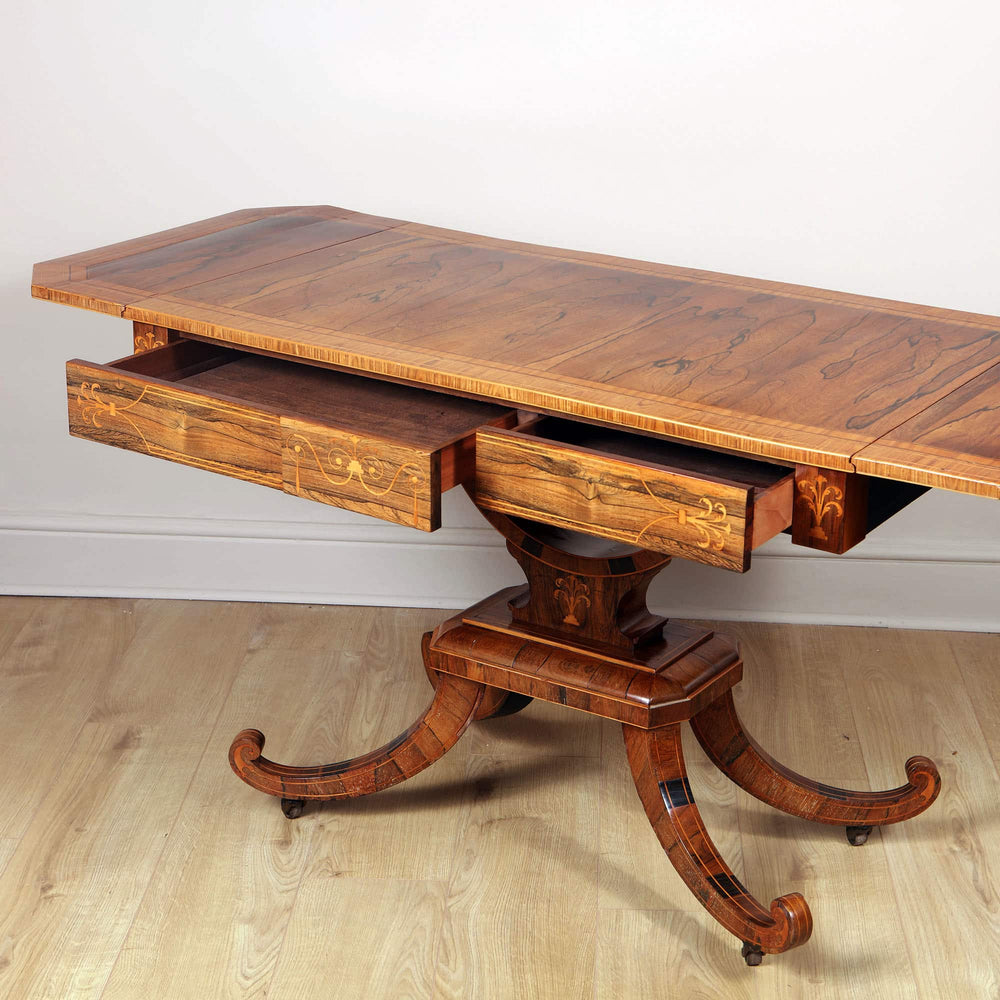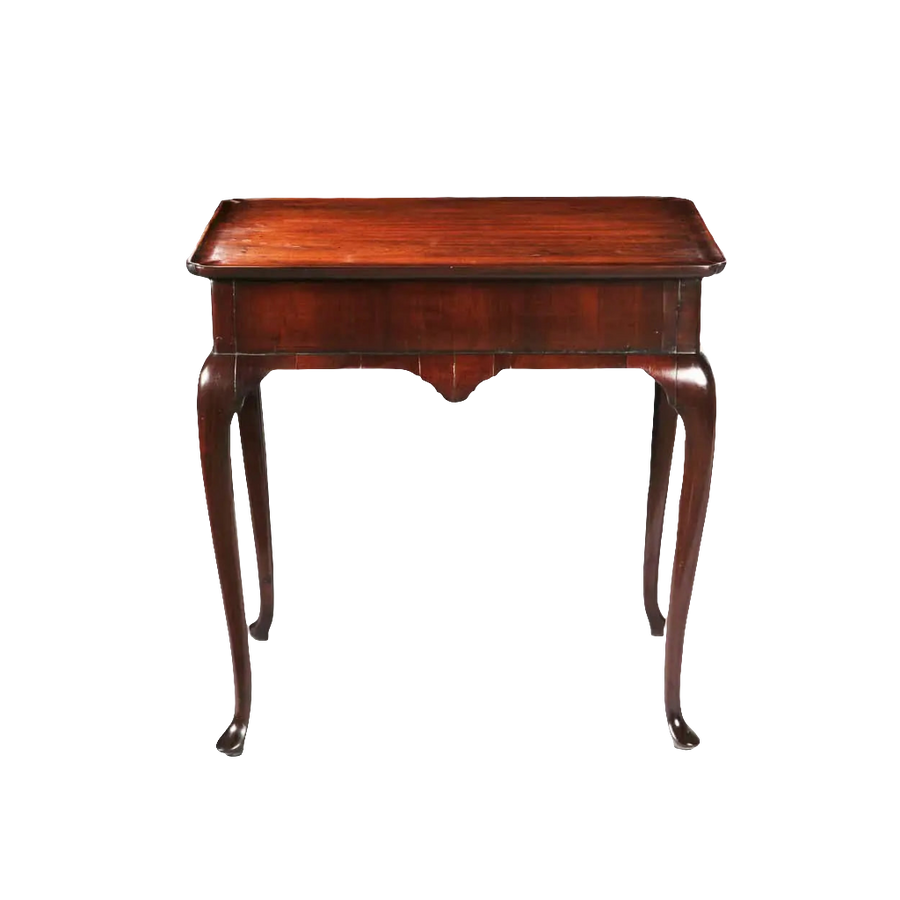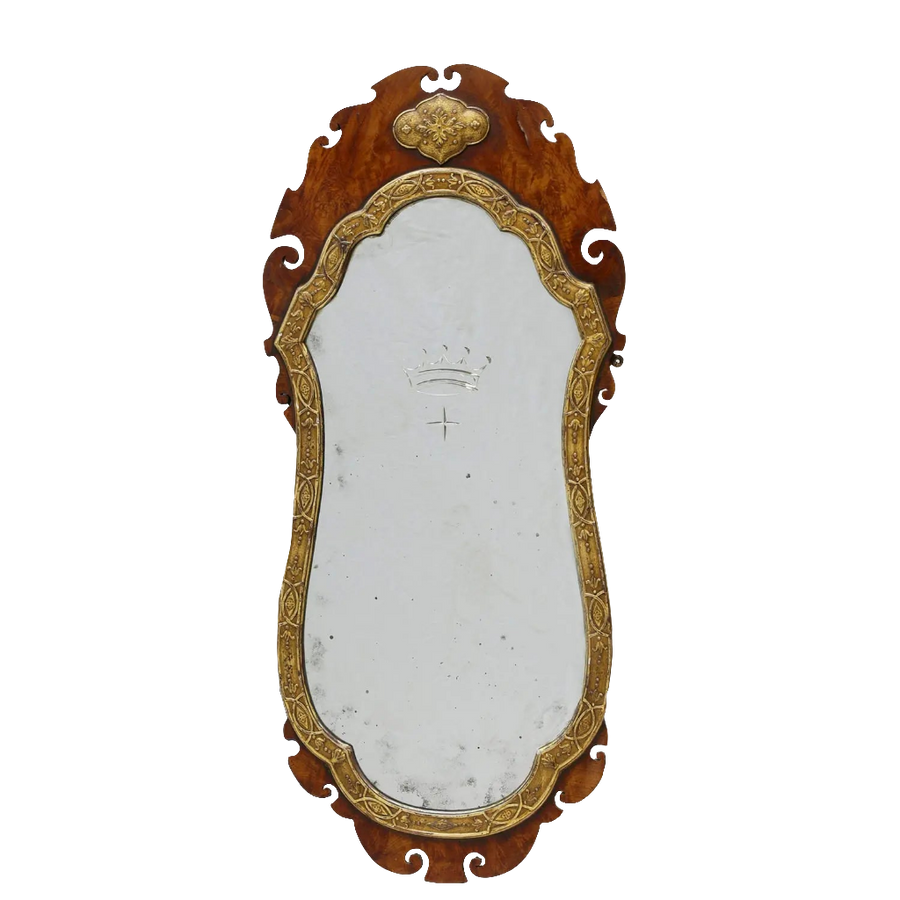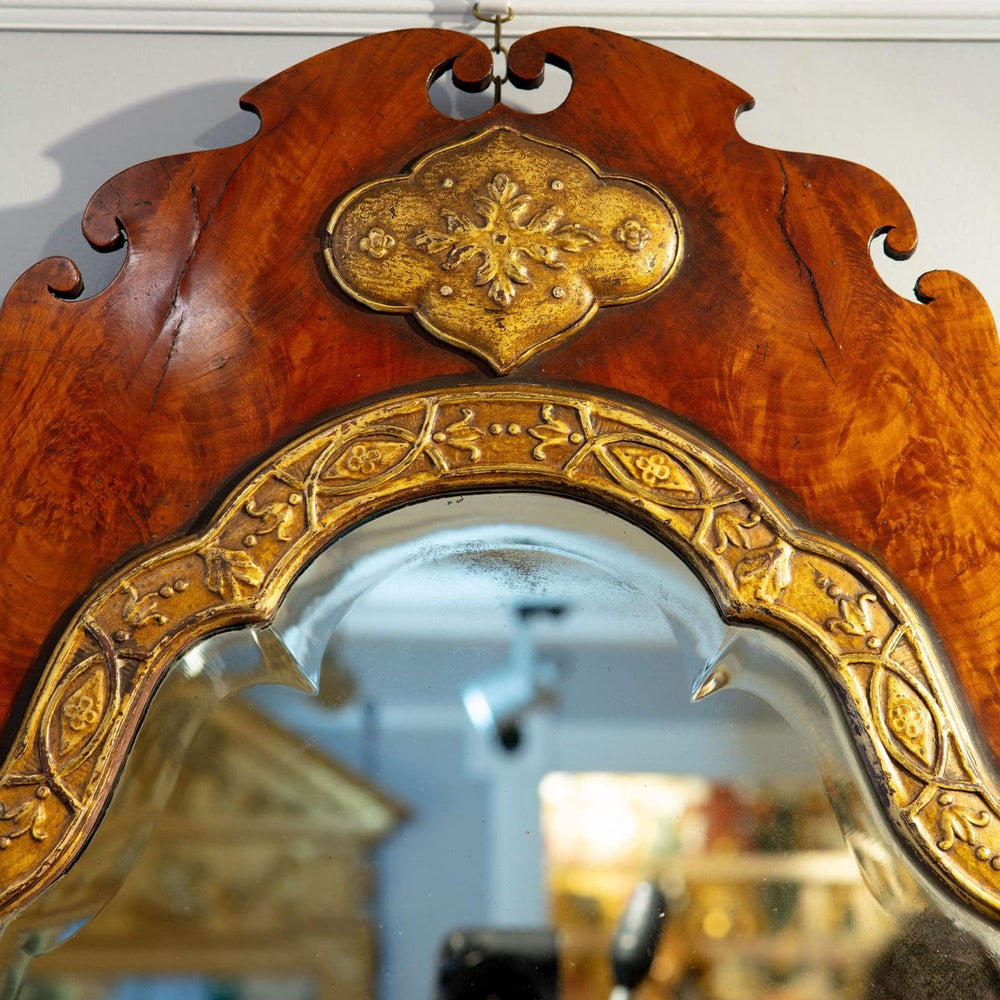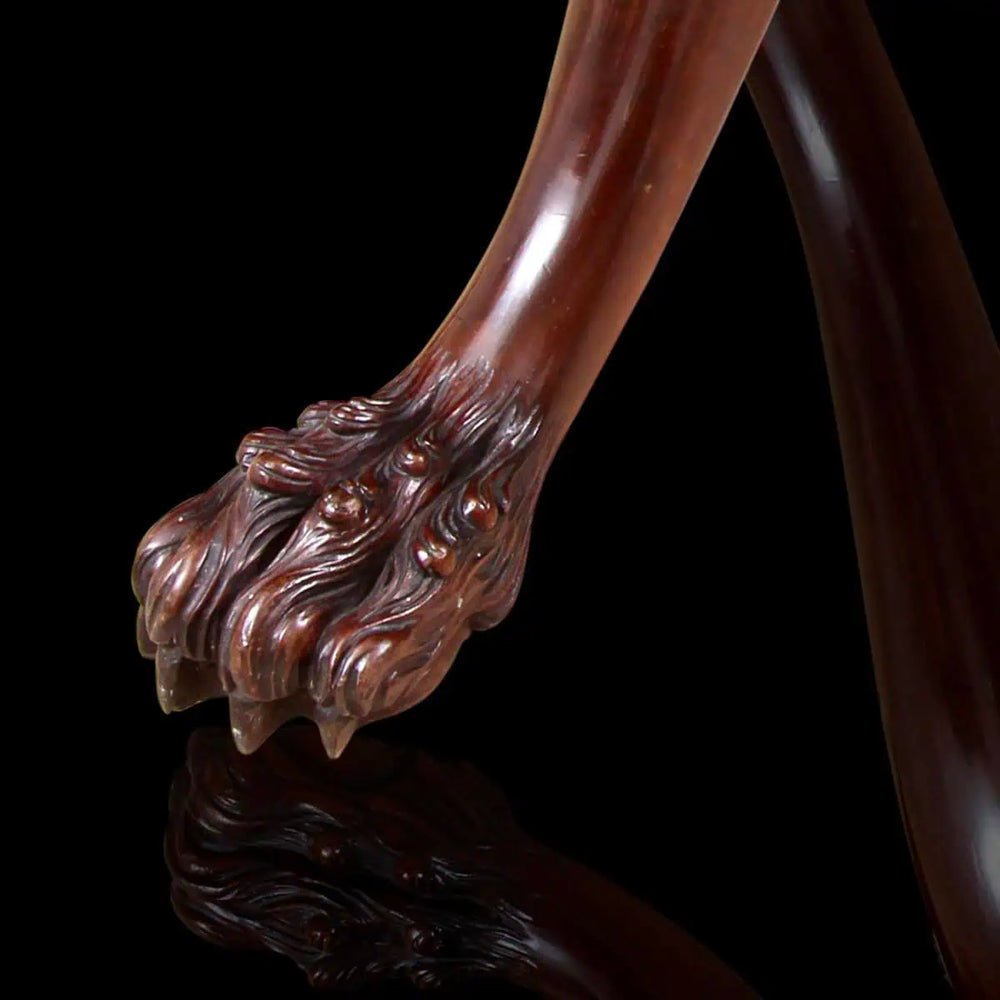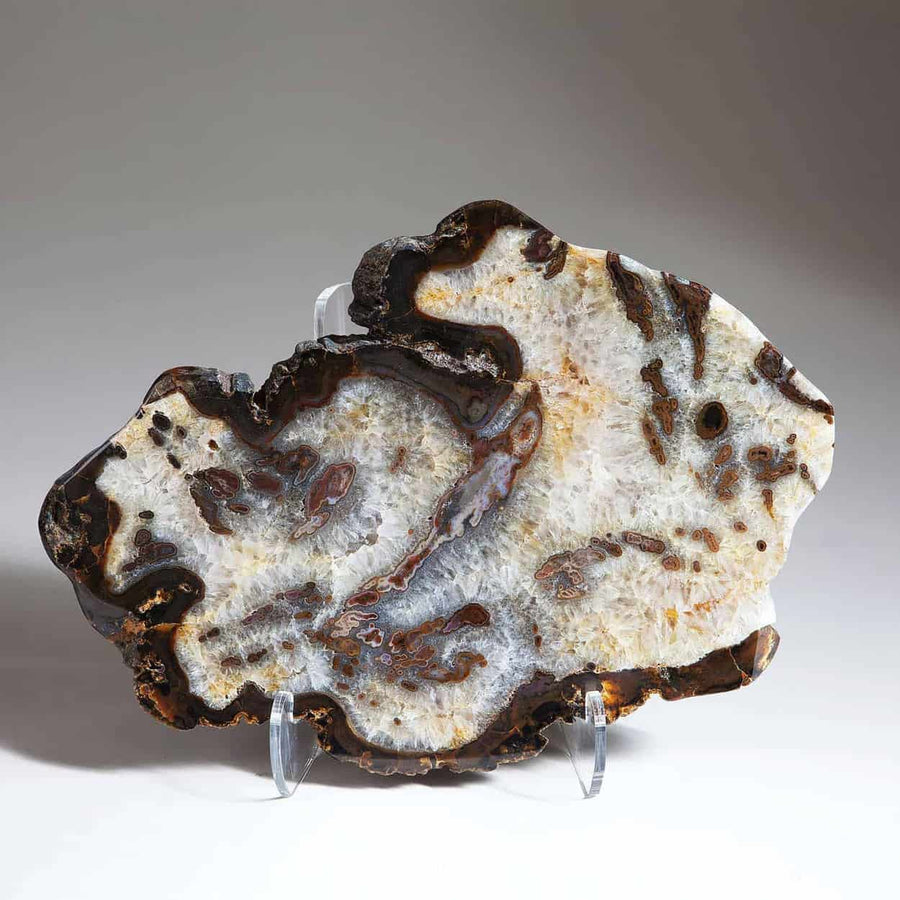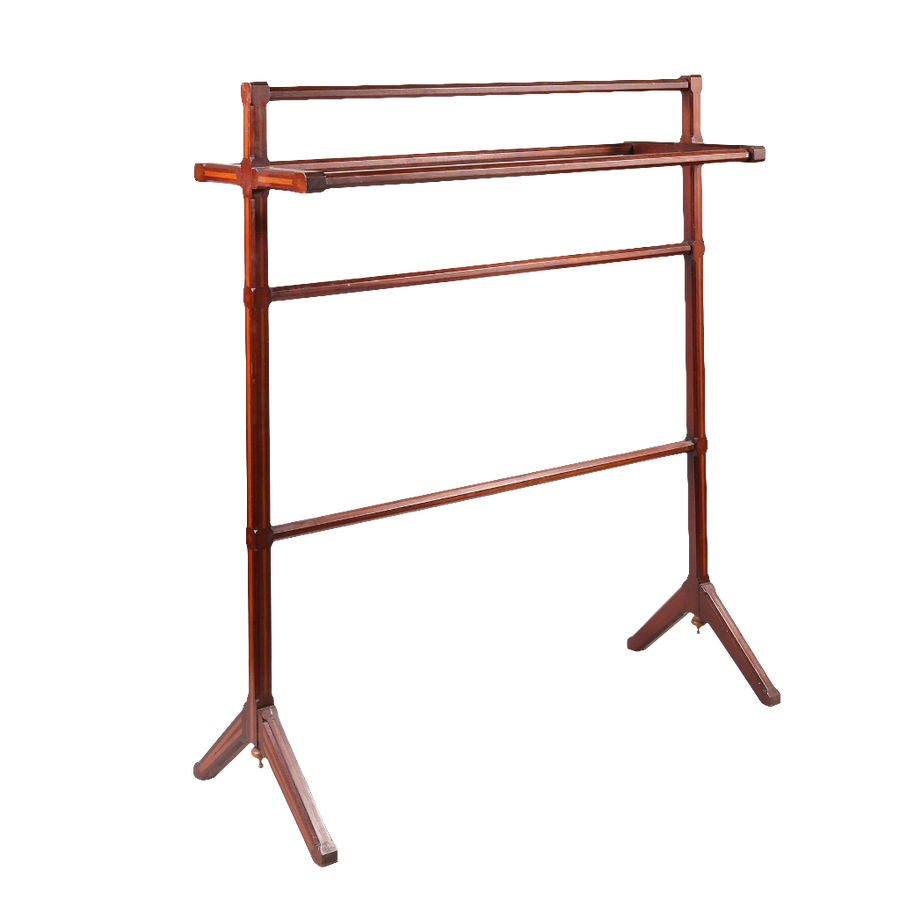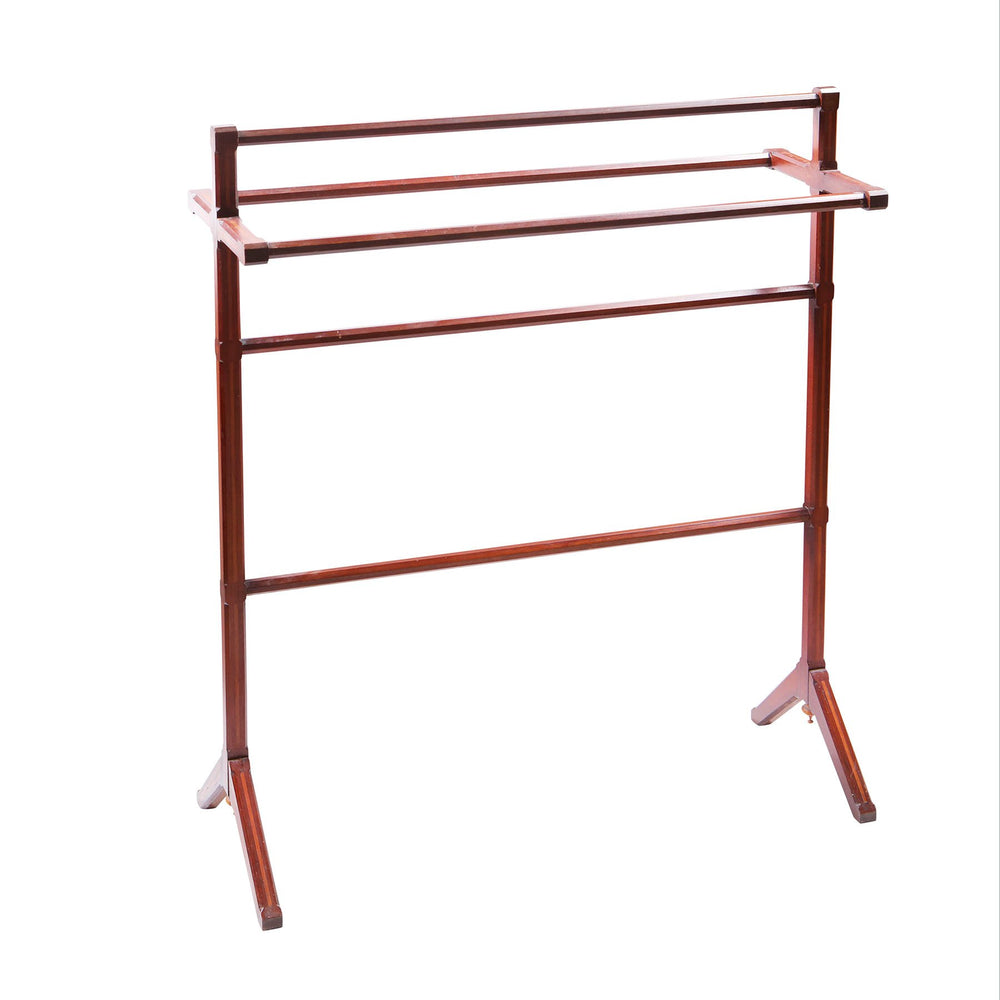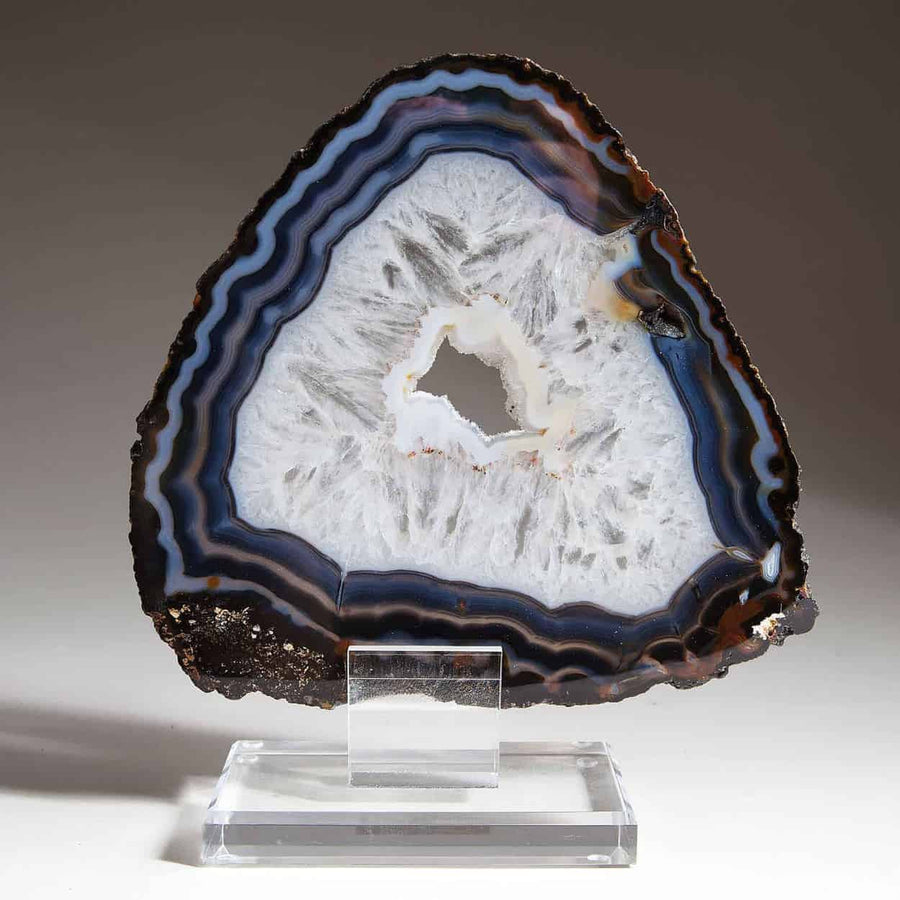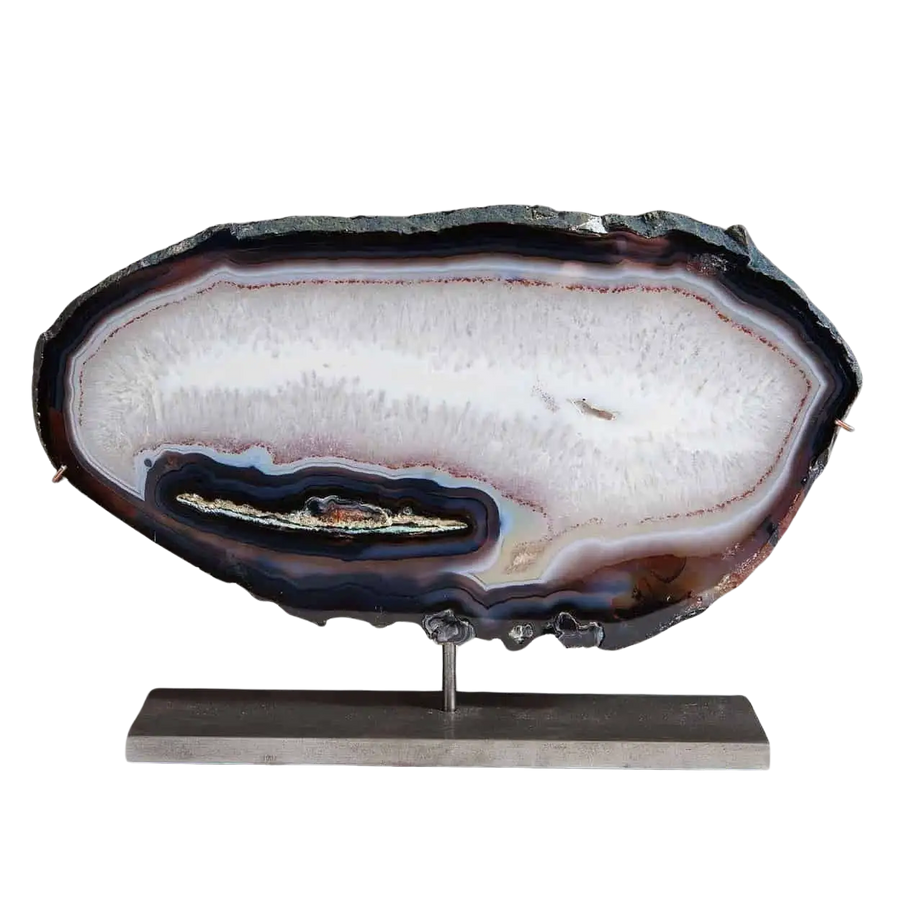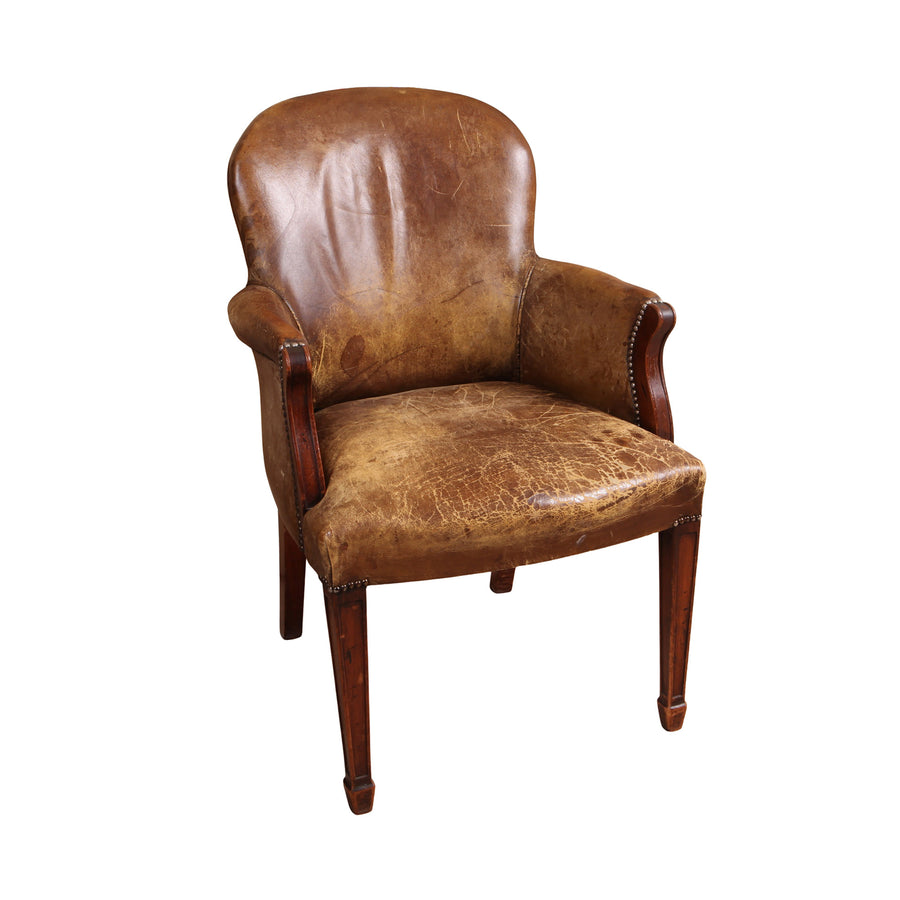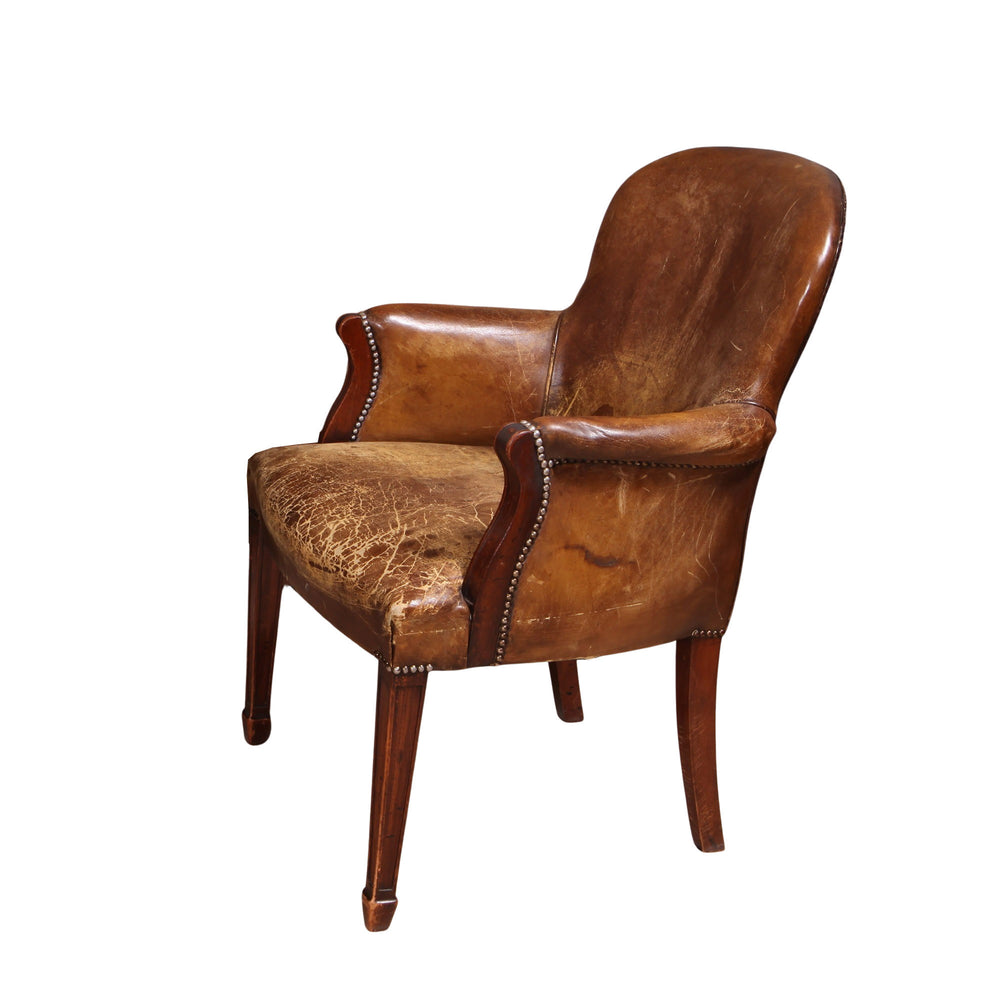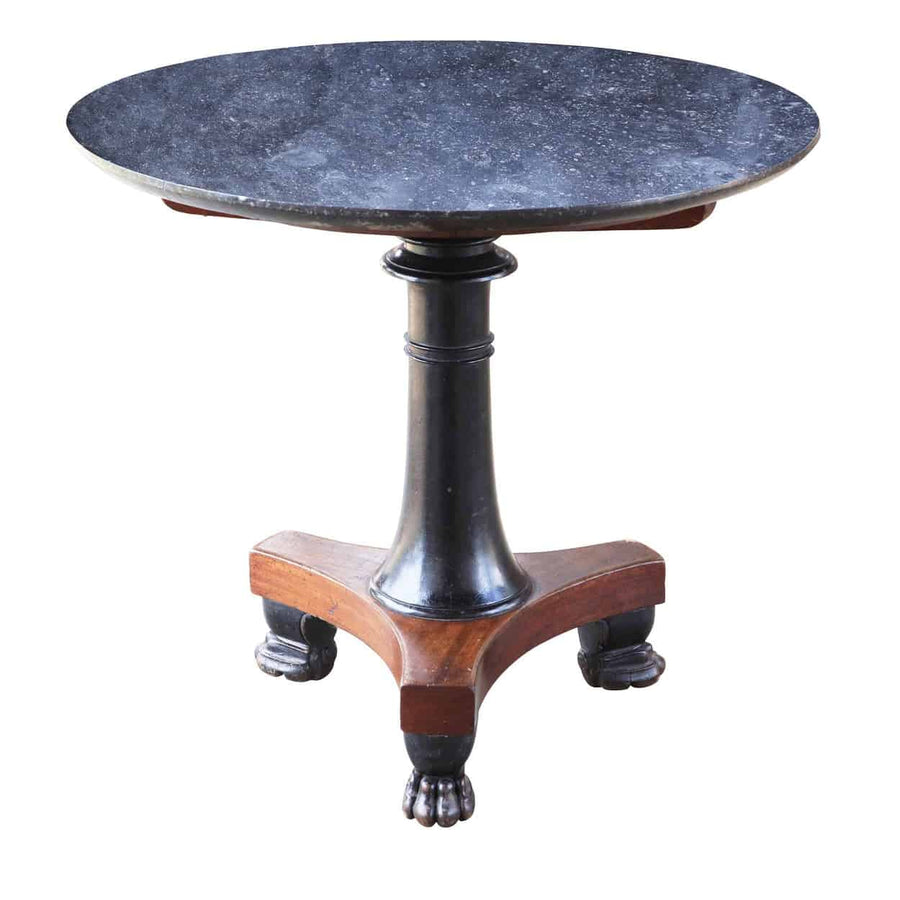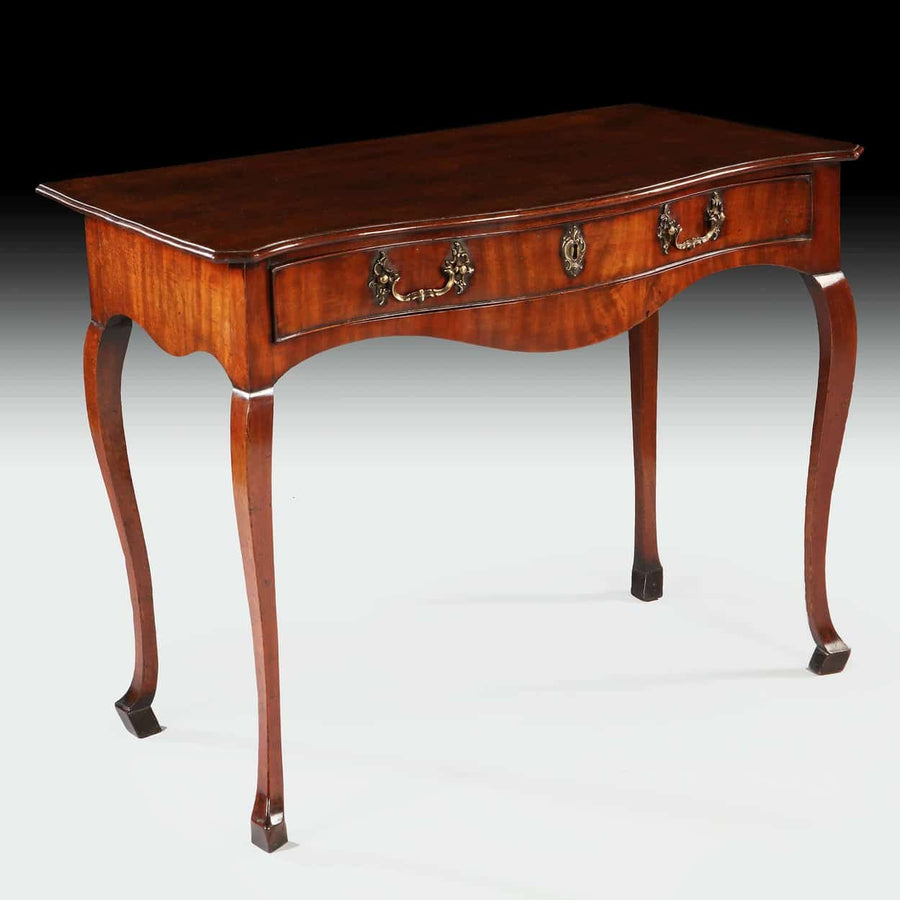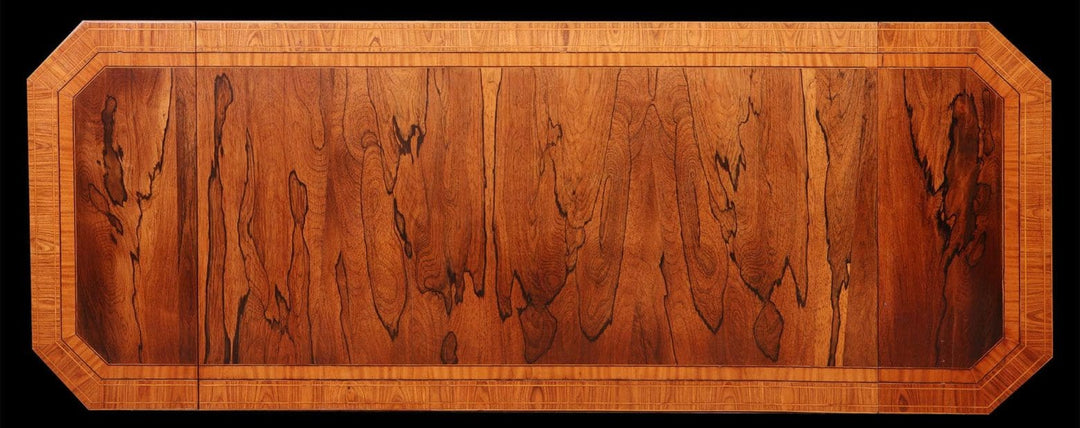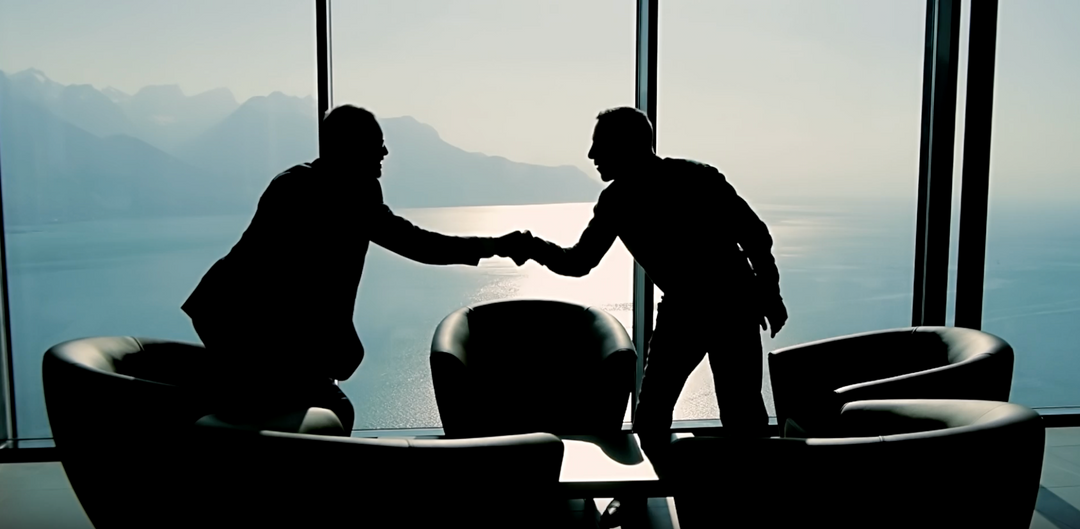While Brazil’s role in the European decorative arts trade was less direct than that of European powers, its impact from the 18th to 20th century was significant and far-reaching.
Exotic Materials and Artistic Inspiration
Brazil’s rich natural resources— mahogany, rosewood, gemstones, tropical feathers—were highly sought after in Europe. These materials shaped everything from luxury furniture and jewellery to ornamental inlays, feeding Europe’s appetite for the exotic.
Colonial Trade and Cross-Cultural Exchange
Under Portuguese colonial rule, Brazil became part of a global trade network. Raw materials flowed to Europe while European decorative arts entered Brazil, leading to stylistic cross-pollination that influenced artisans on both sides.
Exoticism and Chinoiserie
In the 18th and 19th centuries, Brazil’s flora, fauna, and indigenous motifs contributed to European exoticism and Chinoiserie, inspiring decorative objects with a tropical or Amazonian flair.
Brazilian Baroque and Rococo Echoes
Brazil’s vibrant Baroque and Rococo styles—seen in churches and interiors—drew European interest. The ornate, gilded woodcarvings and local themes intrigued collectors and subtly influenced tastes abroad.
Image: Rio de Janeiro was made sole capital of Portuguese Brazil in 1763.
Painted by Nicolas-Antoine Taunay. (Museu Nacional de Belas Artes, Rio)
While Brazil’s role in the European decorative arts trade was less direct than that of European powers, its impact from the 18th to 20th century was significant and far-reaching.
Exotic Materials and Artistic Inspiration
Brazil’s rich natural resources— mahogany, rosewood, gemstones, tropical feathers—were highly sought after in Europe. These materials shaped everything from luxury furniture and jewellery to ornamental inlays, feeding Europe’s appetite for the exotic.
Colonial Trade and Cross-Cultural Exchange
Under Portuguese colonial rule, Brazil became part of a global trade network. Raw materials flowed to Europe while European decorative arts entered Brazil, leading to stylistic cross-pollination that influenced artisans on both sides.
Exoticism and Chinoiserie
In the 18th and 19th centuries, Brazil’s flora, fauna, and indigenous motifs contributed to European exoticism and Chinoiserie, inspiring decorative objects with a tropical or Amazonian flair.
Brazilian Baroque and Rococo Echoes
Brazil’s vibrant Baroque and Rococo styles—seen in churches and interiors—drew European interest. The ornate, gilded woodcarvings and local themes intrigued collectors and subtly influenced tastes abroad.
Image: Rio de Janeiro was made sole capital of Portuguese Brazil in 1763.
Painted by Nicolas-Antoine Taunay. (Museu Nacional de Belas Artes, Rio)
Read More






